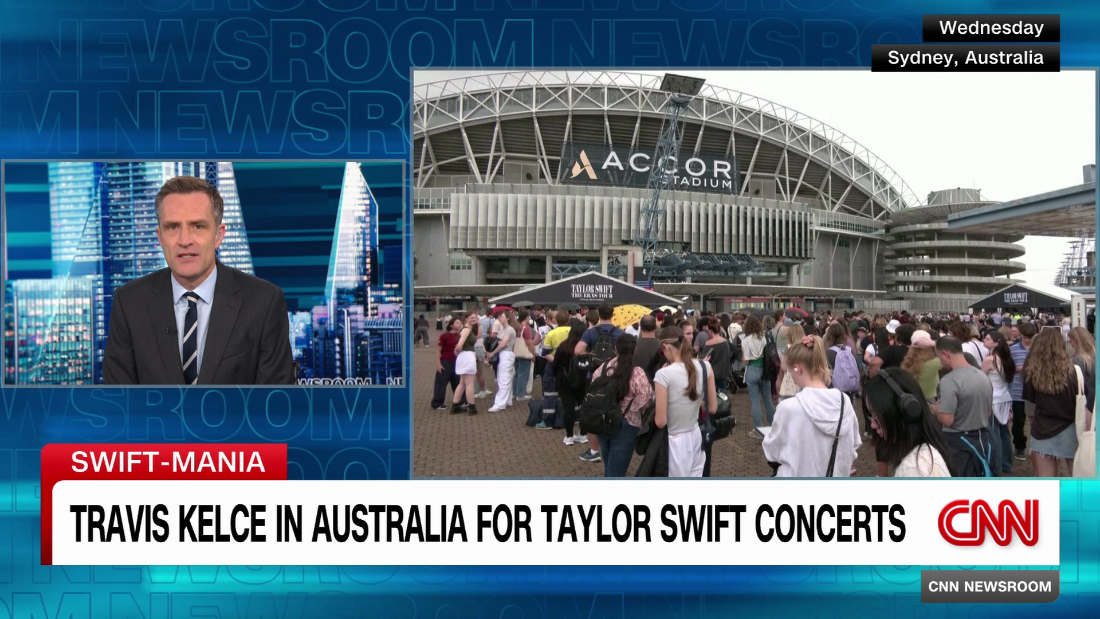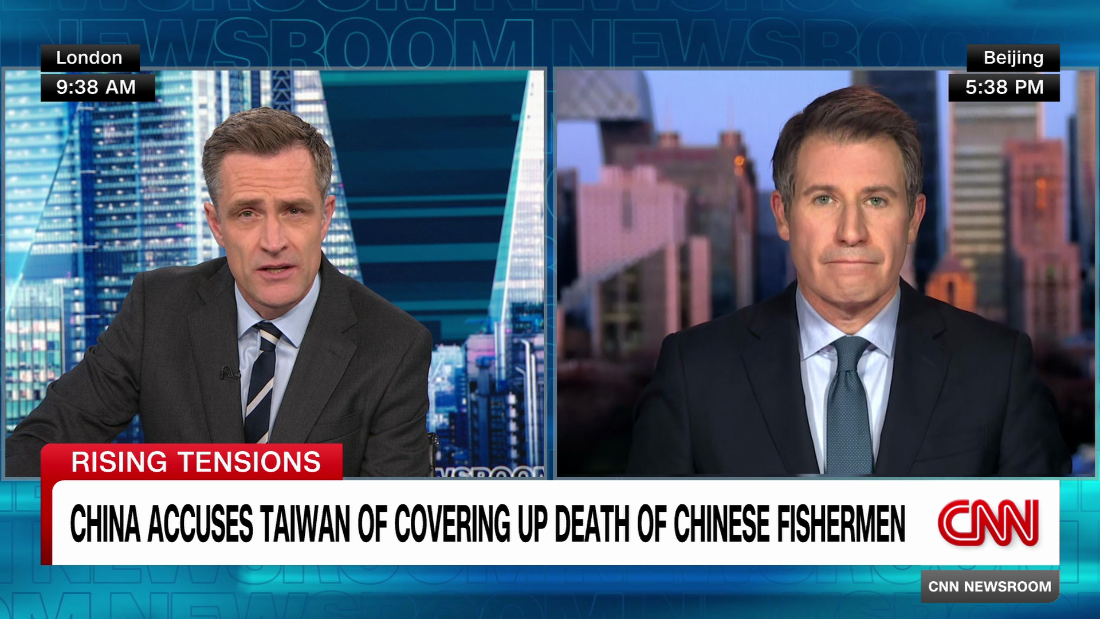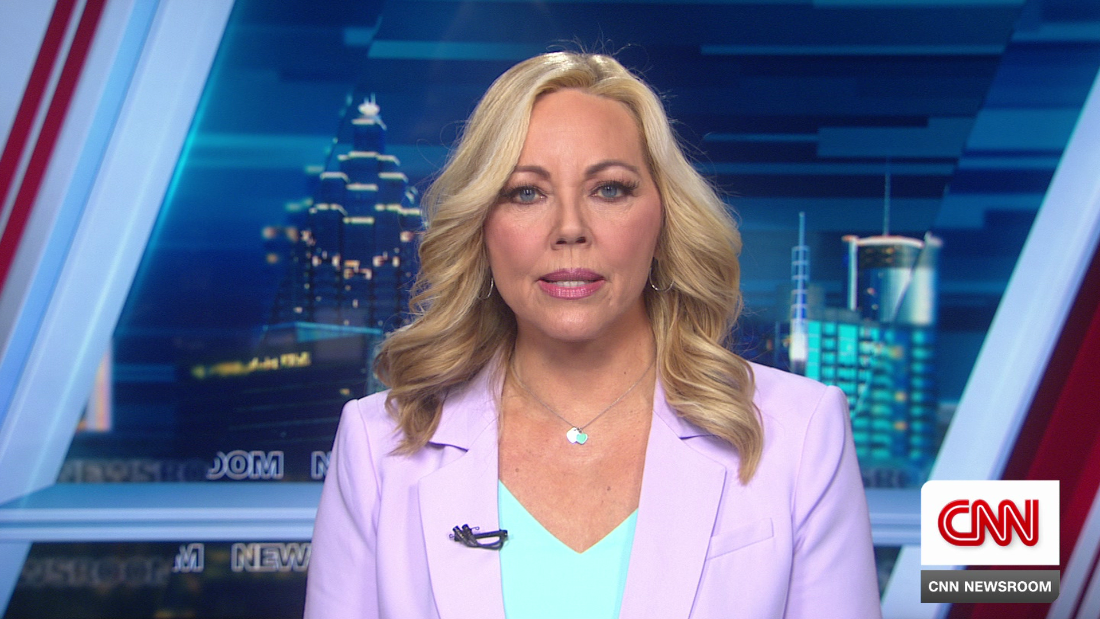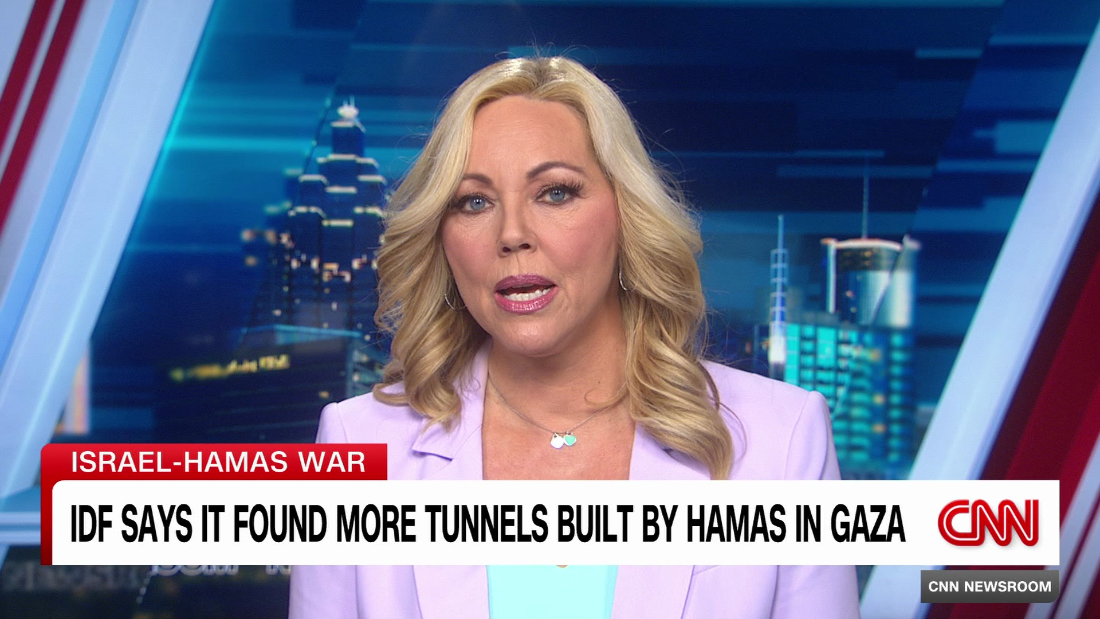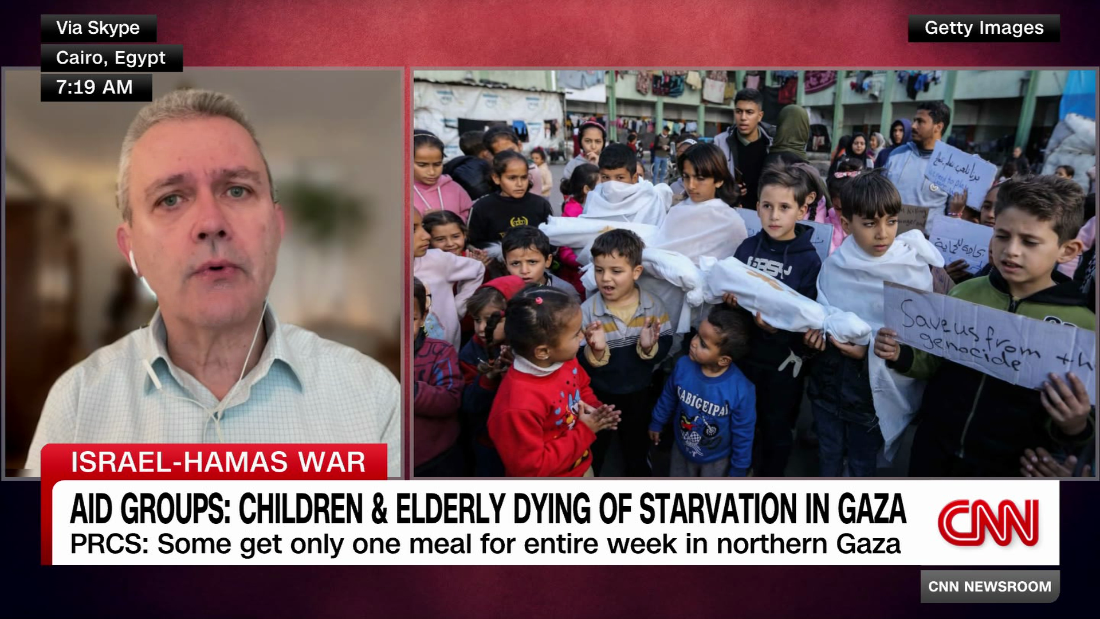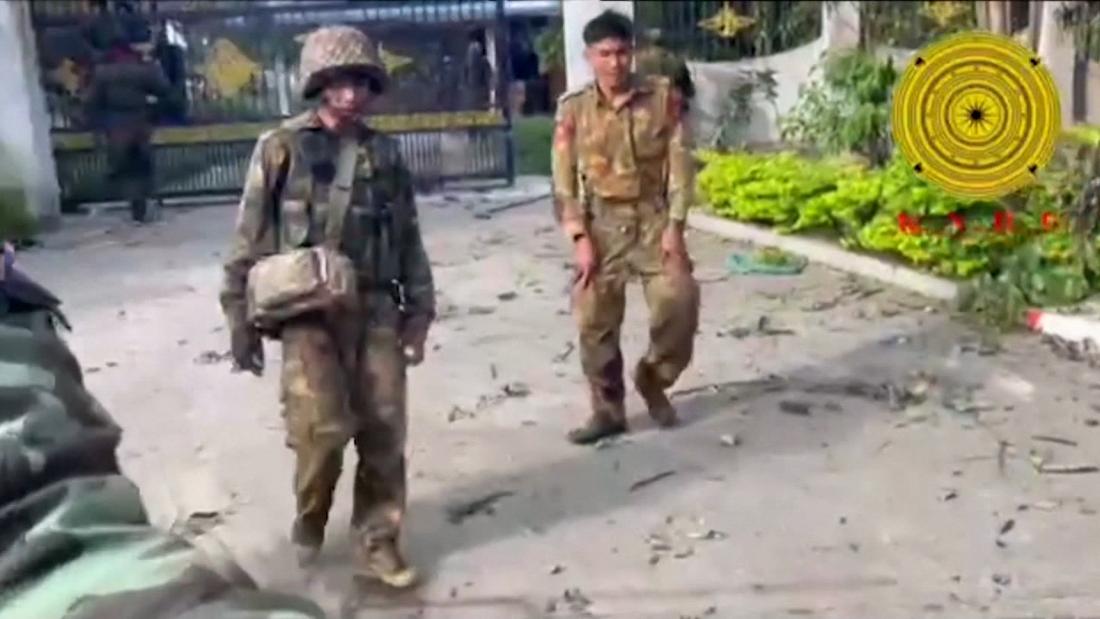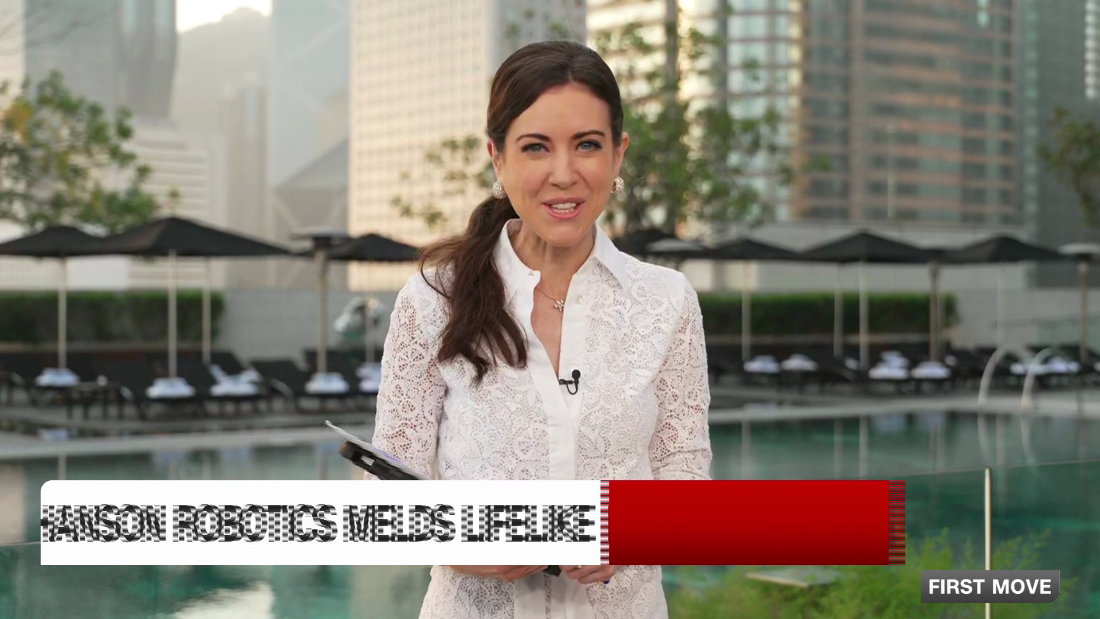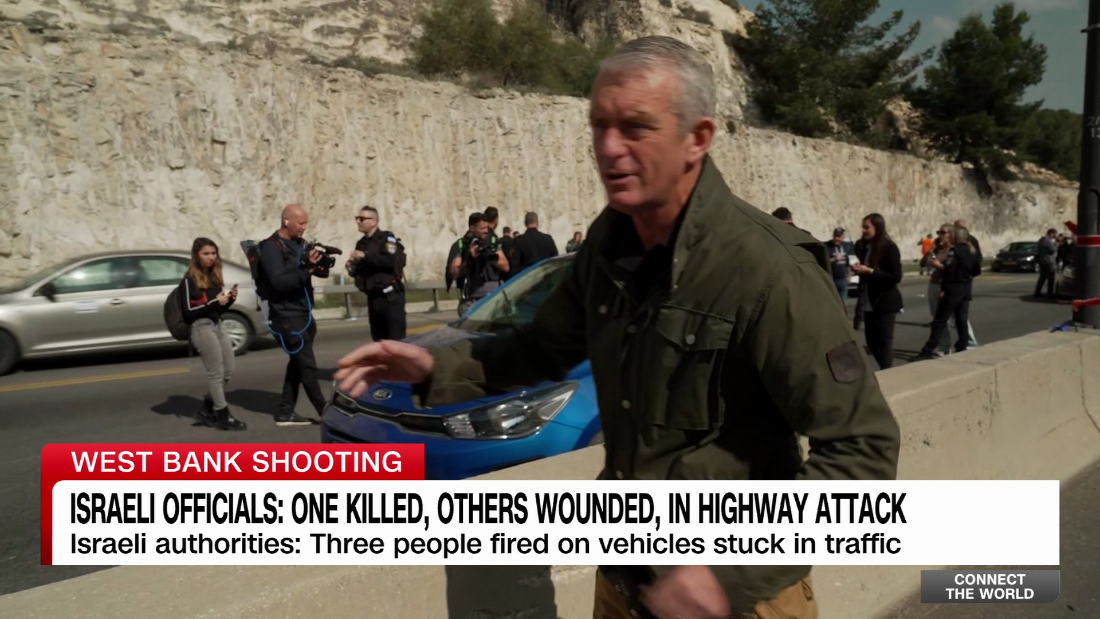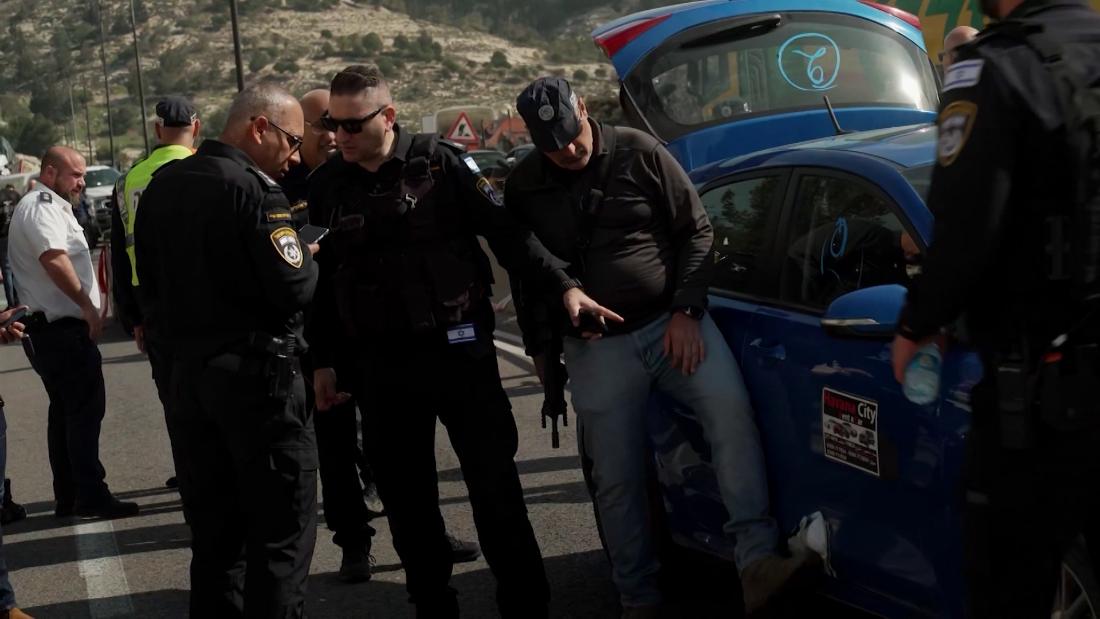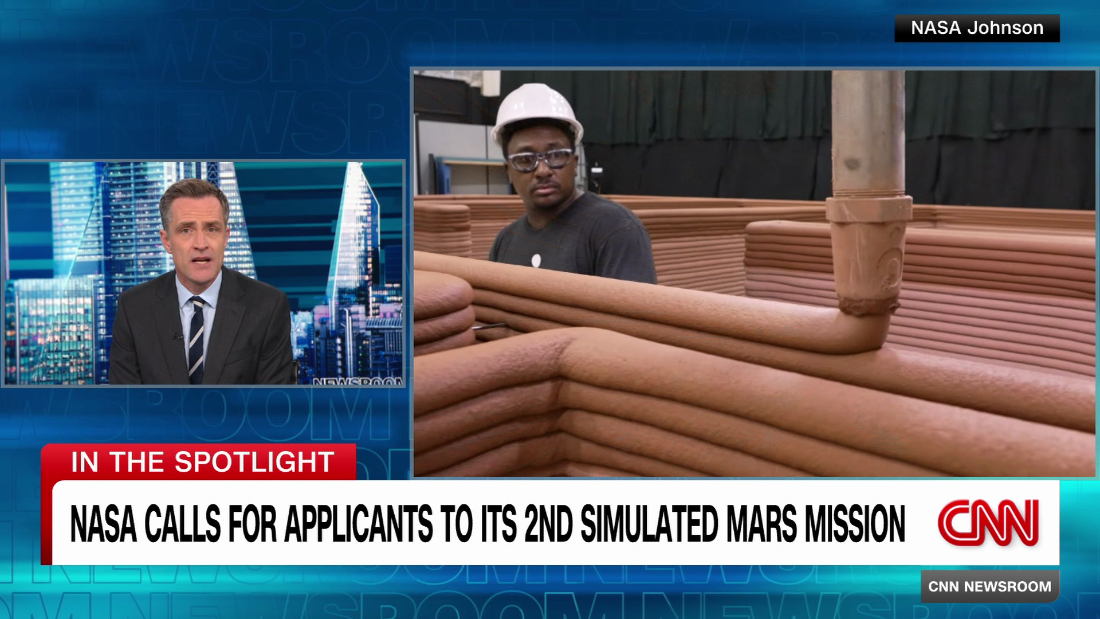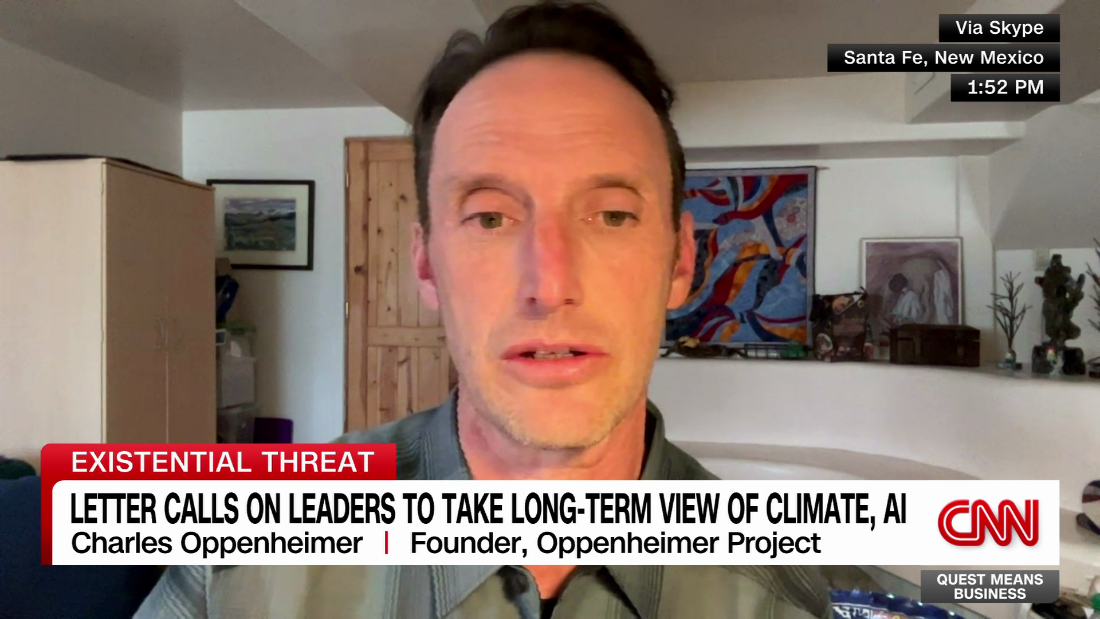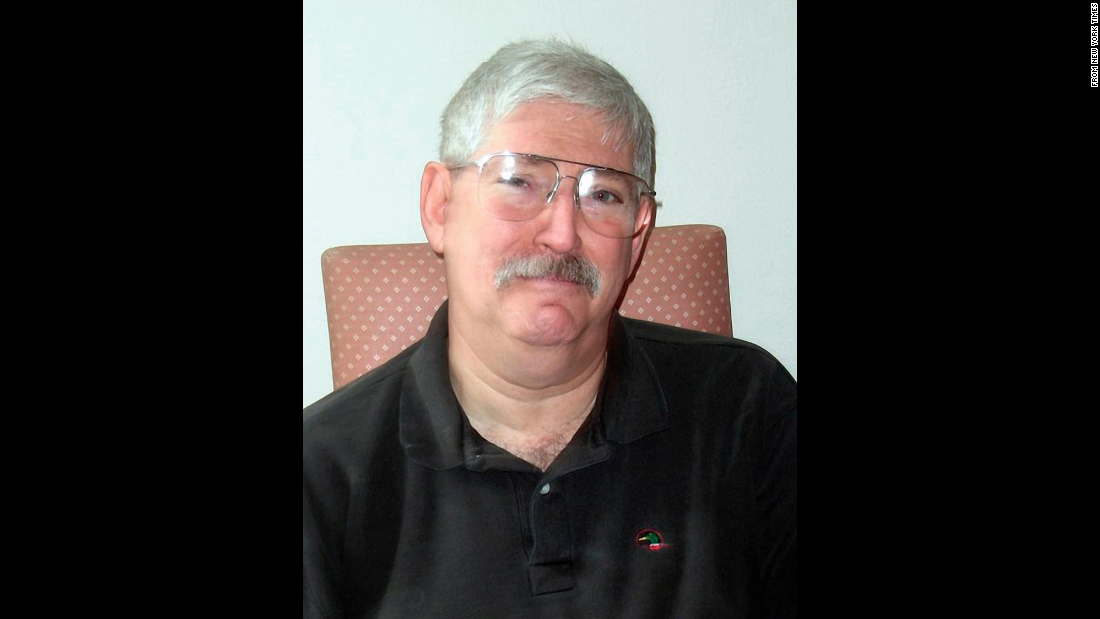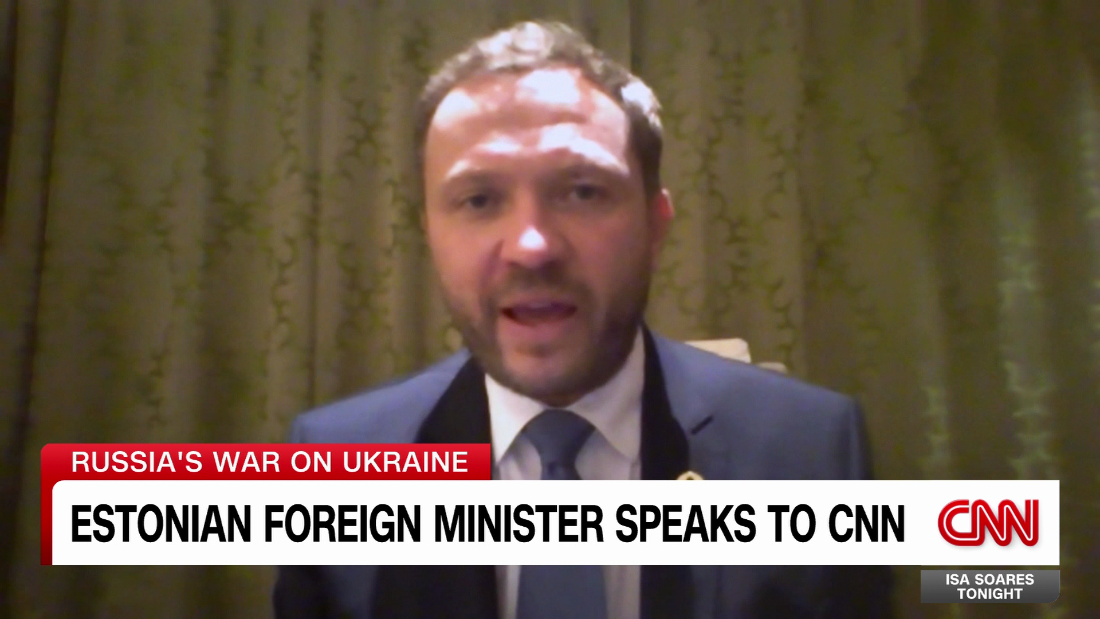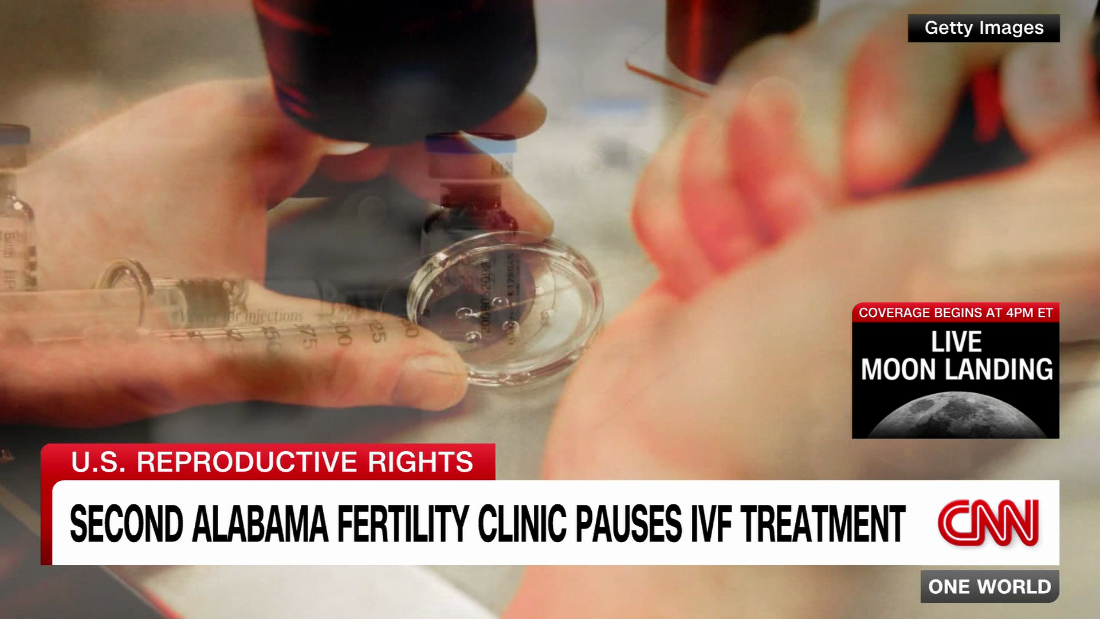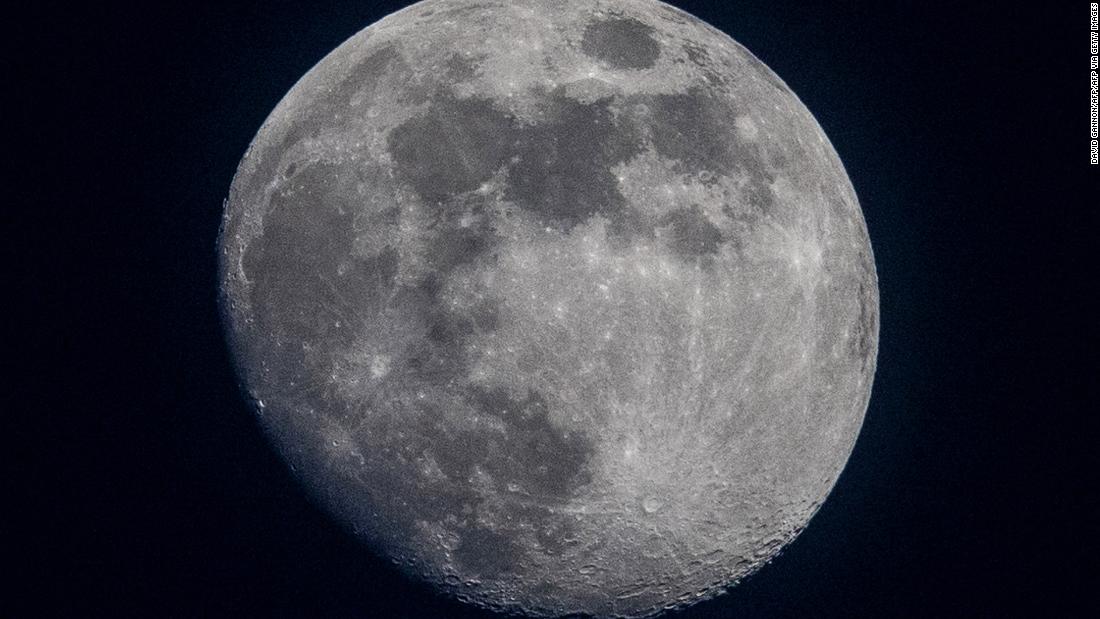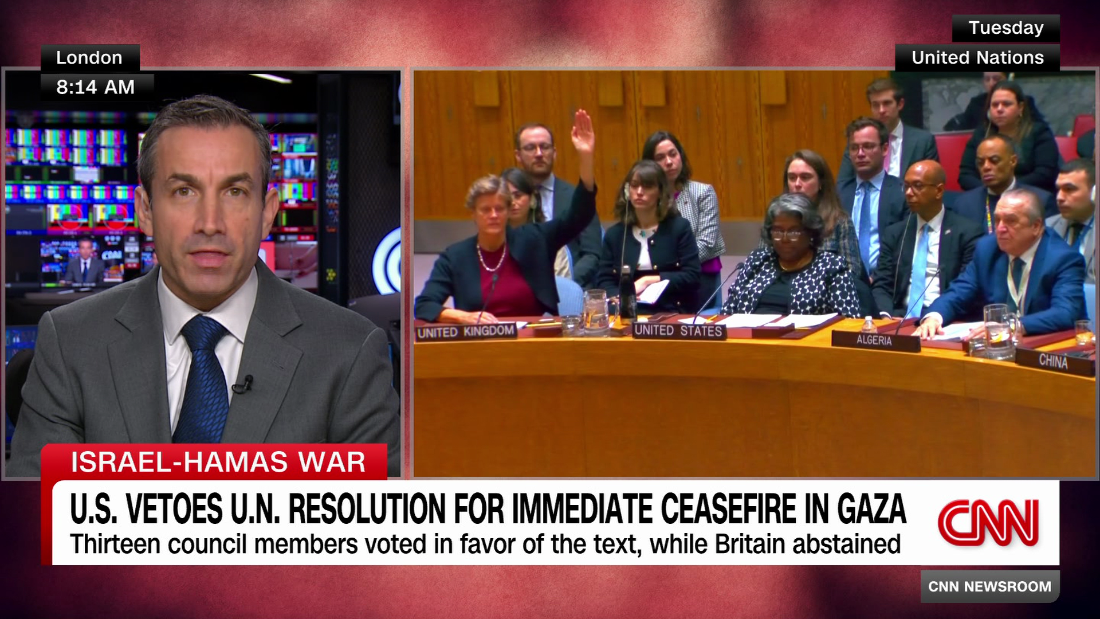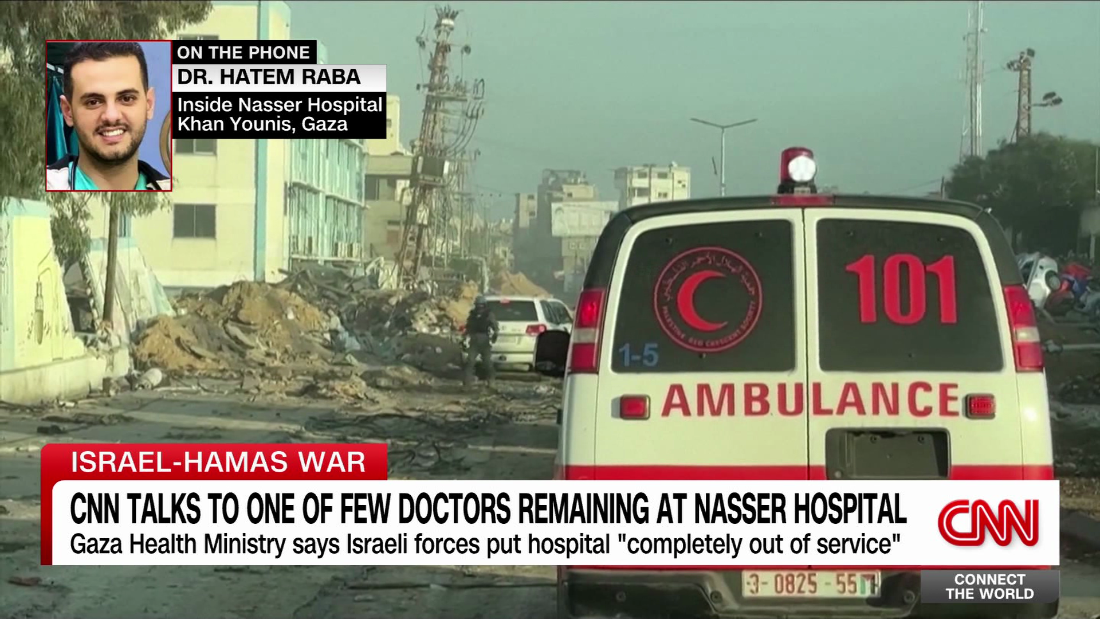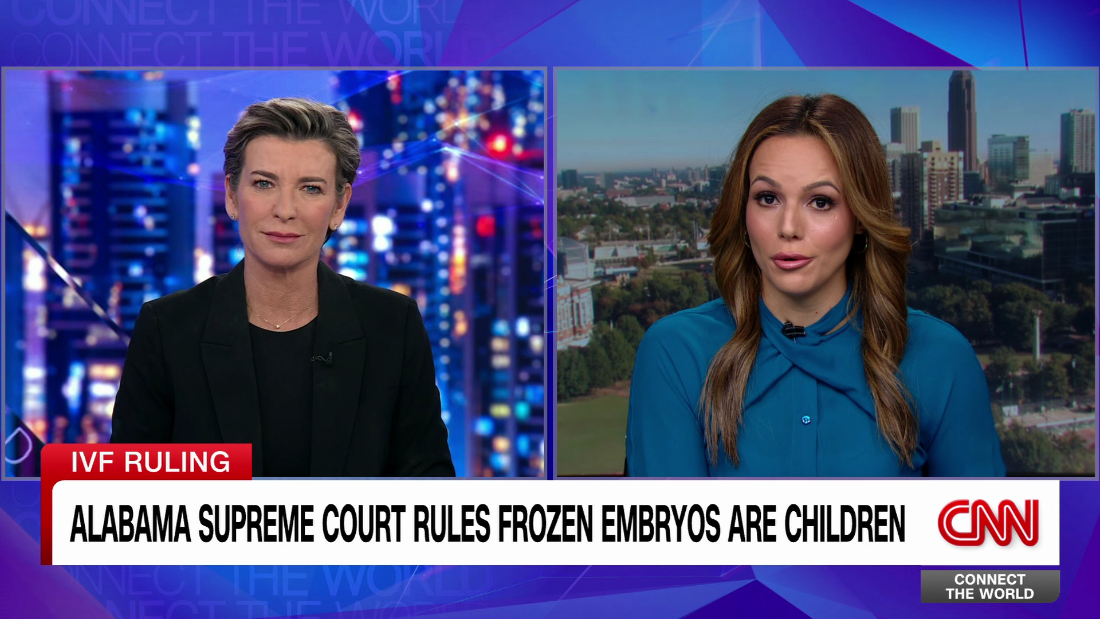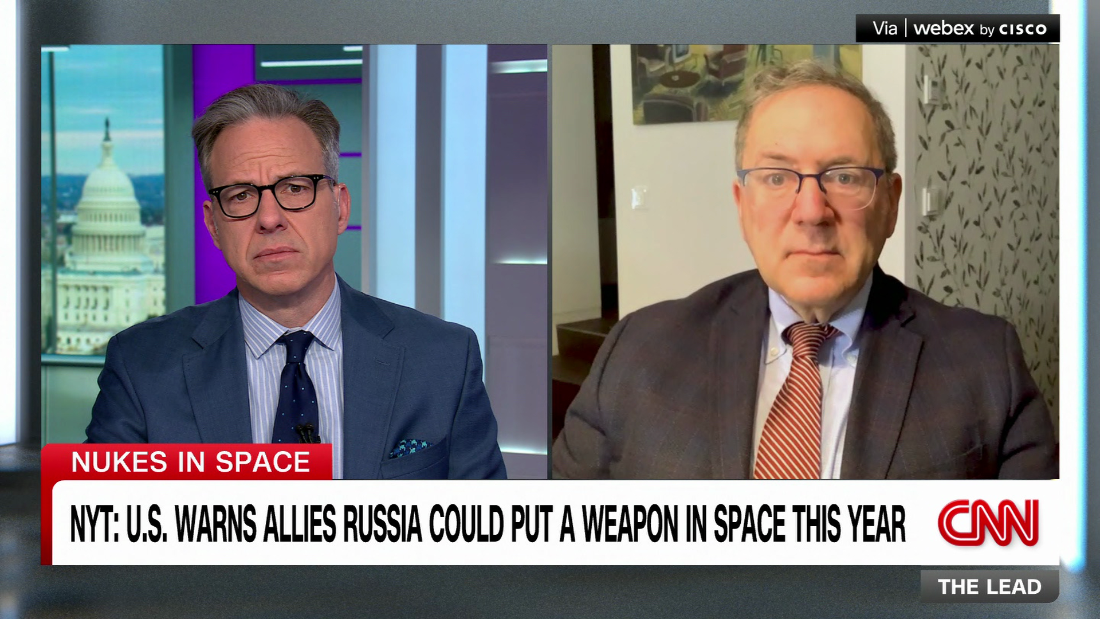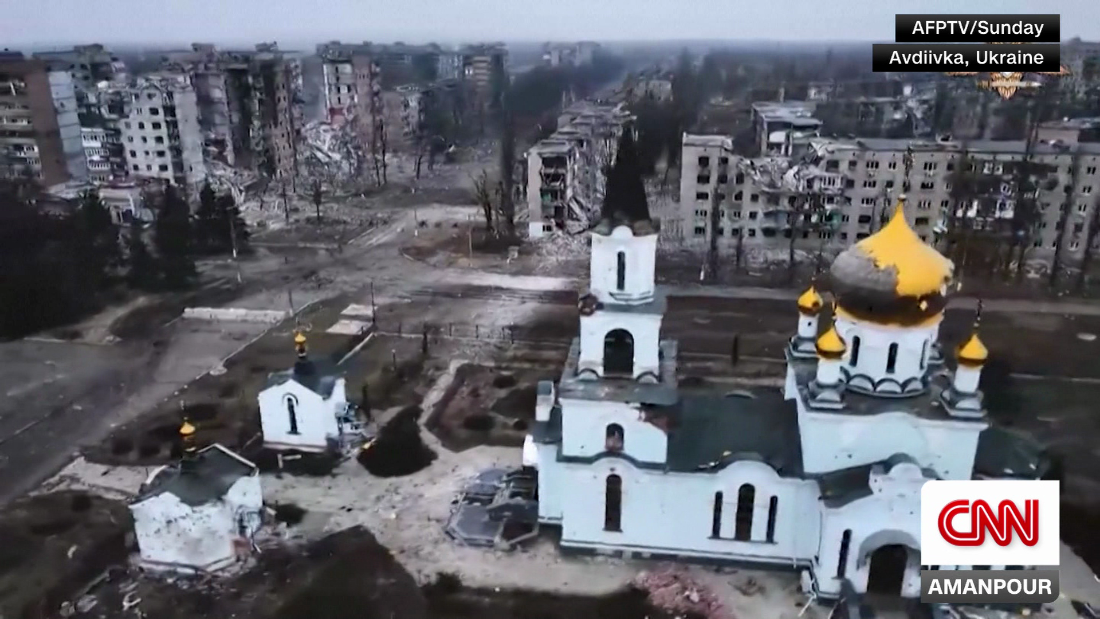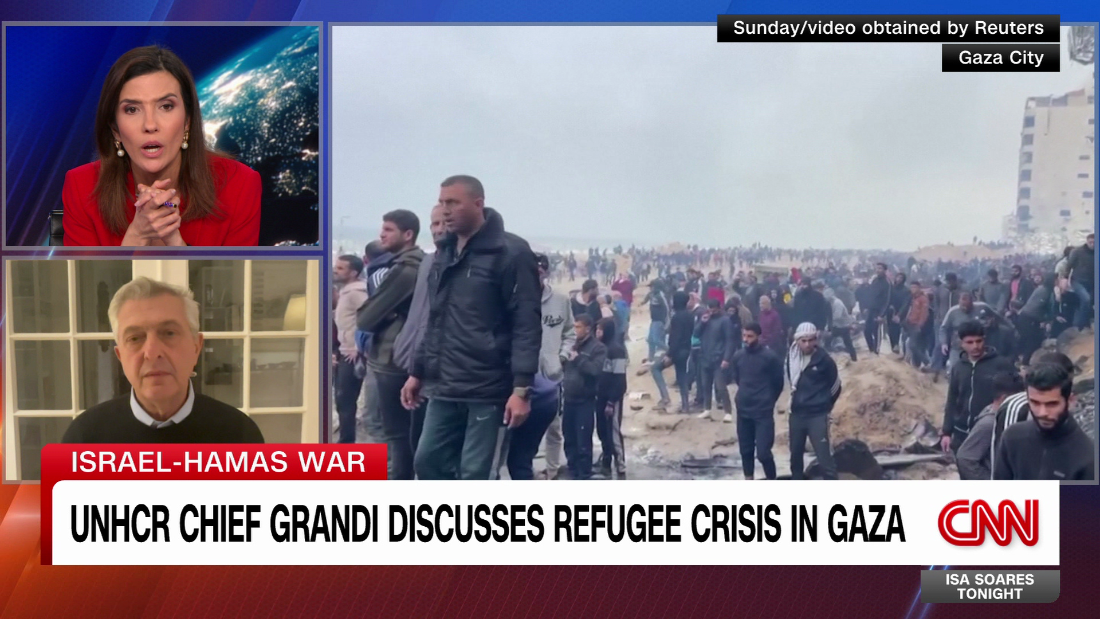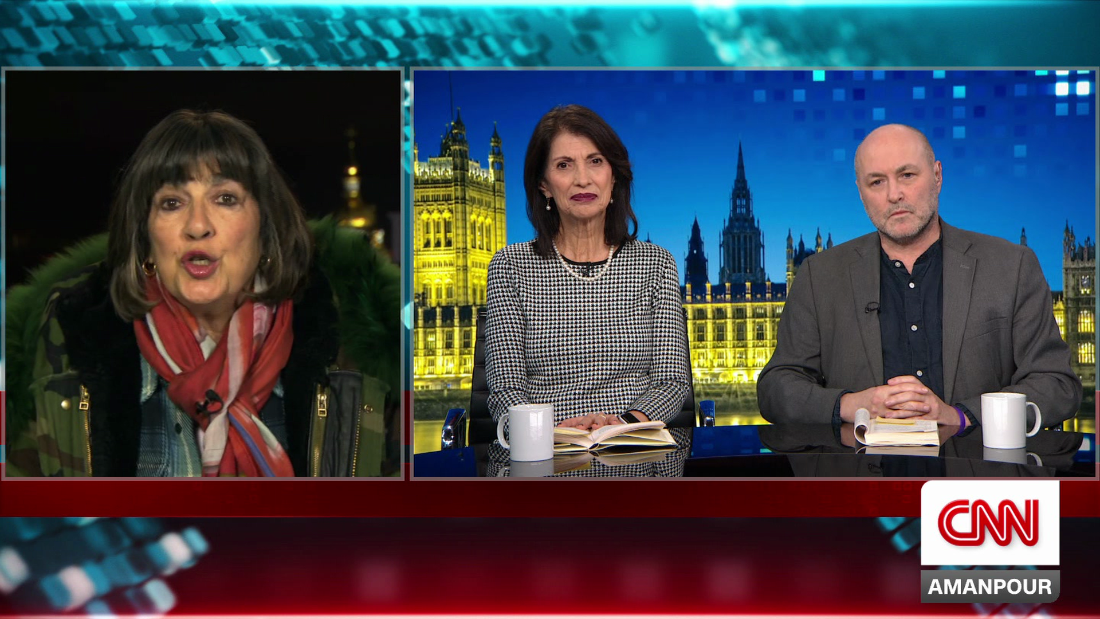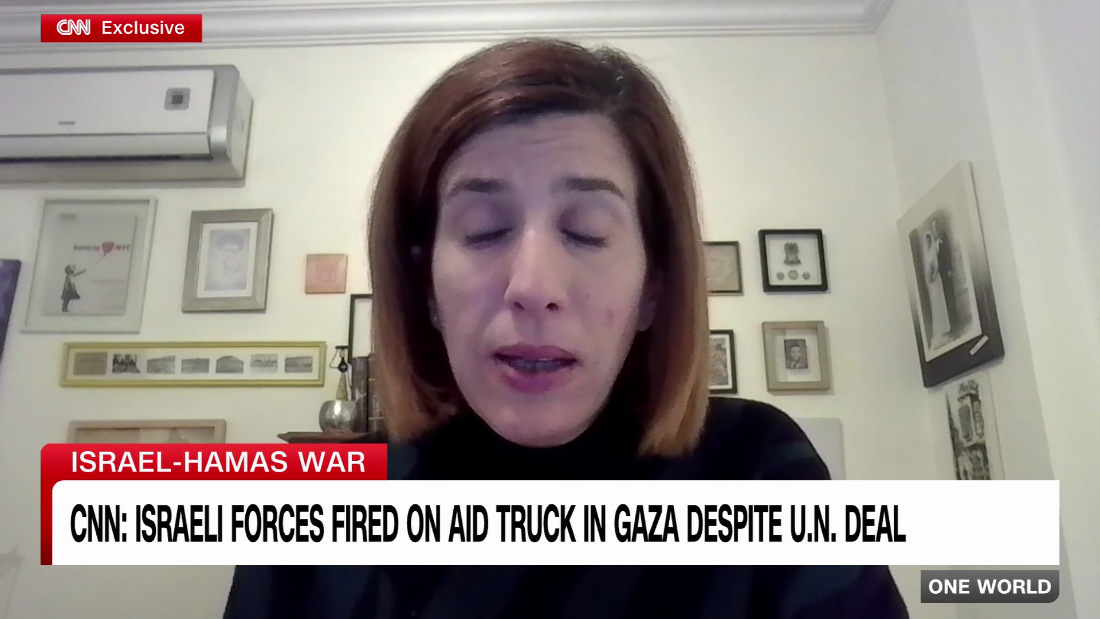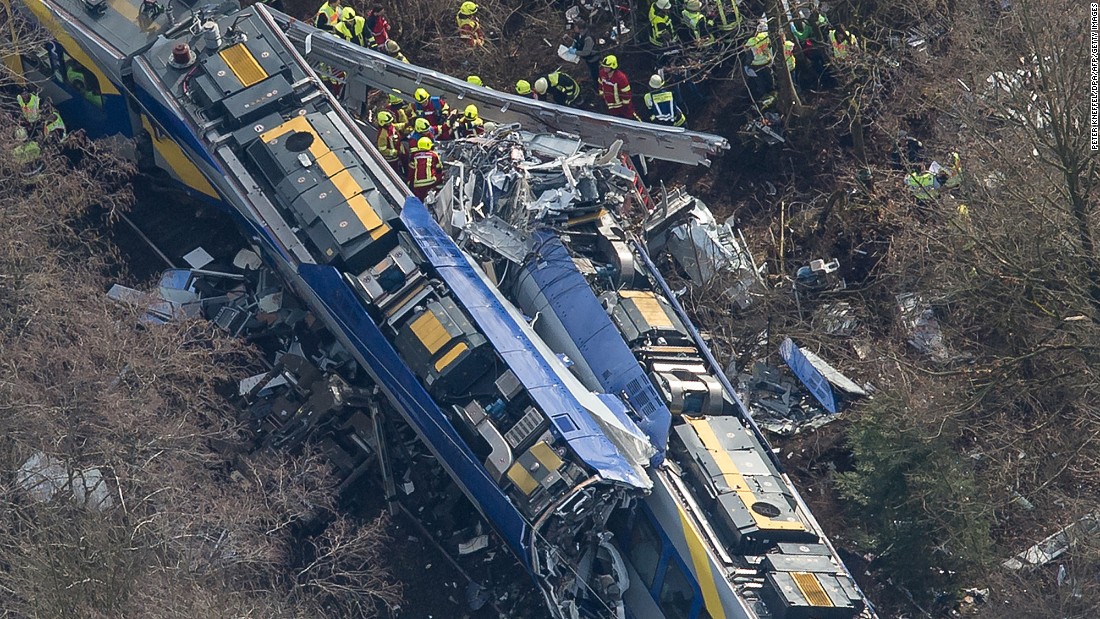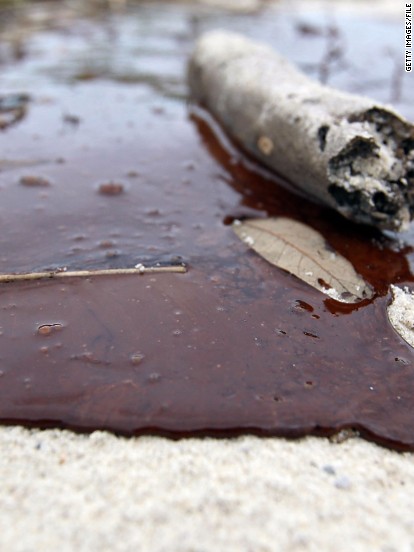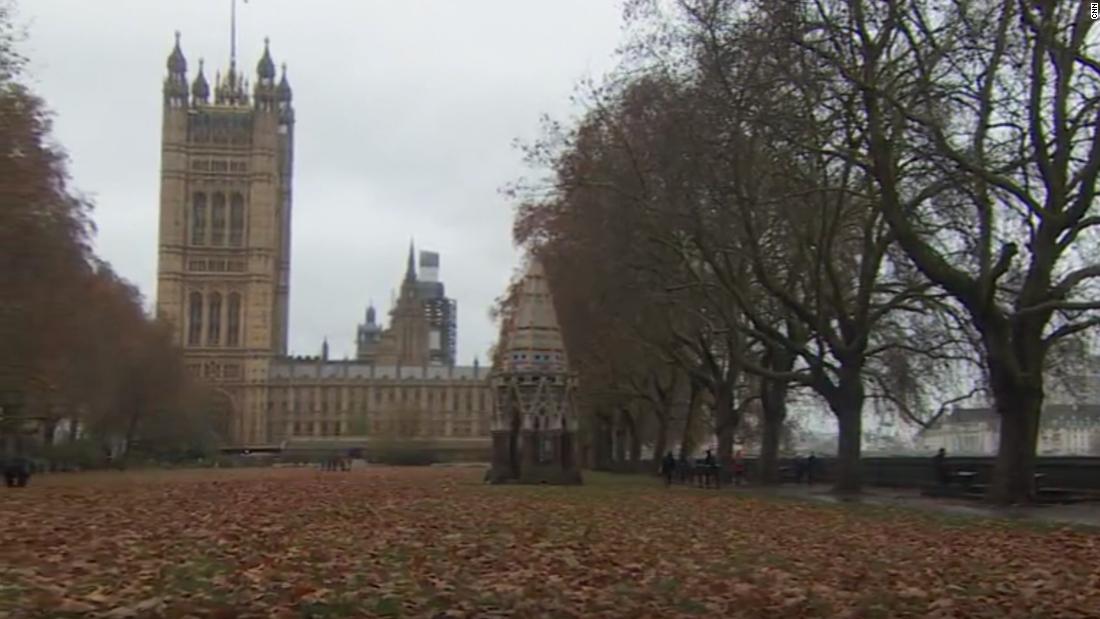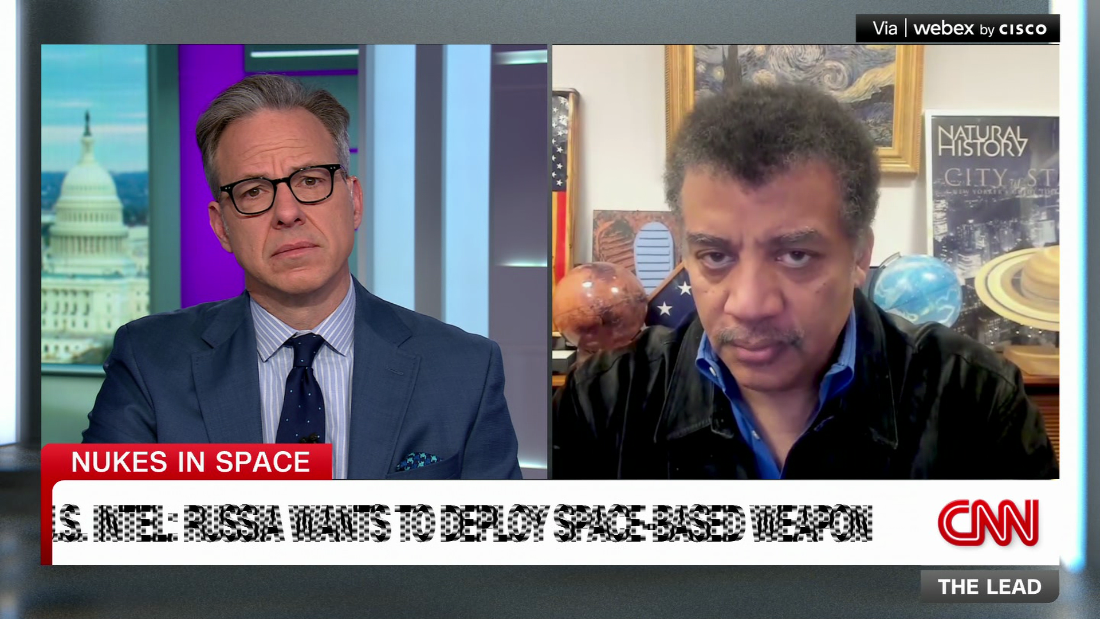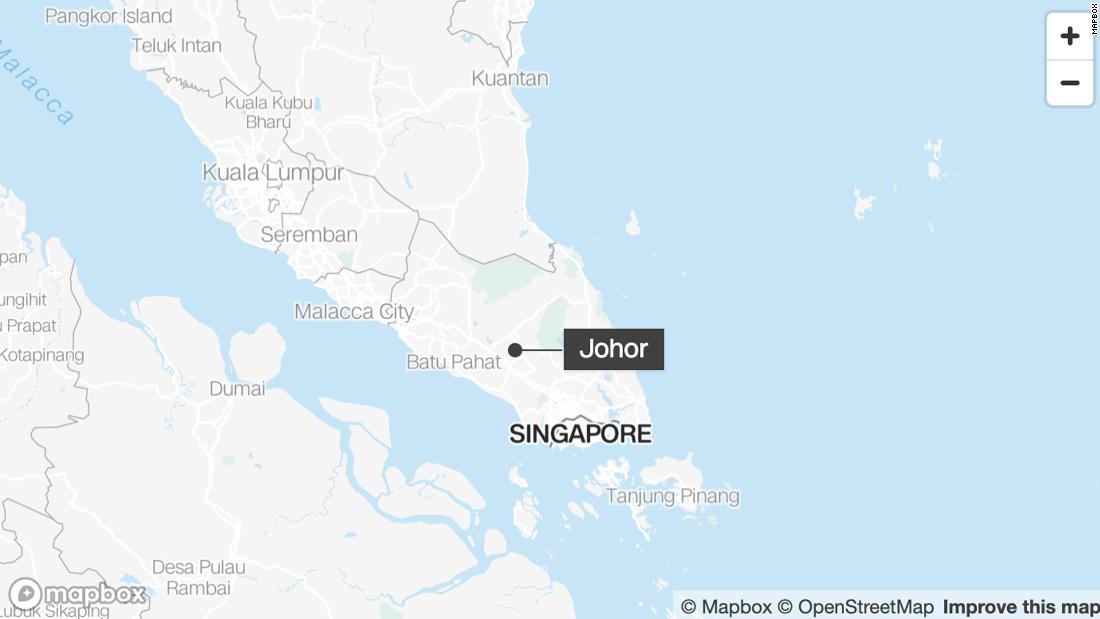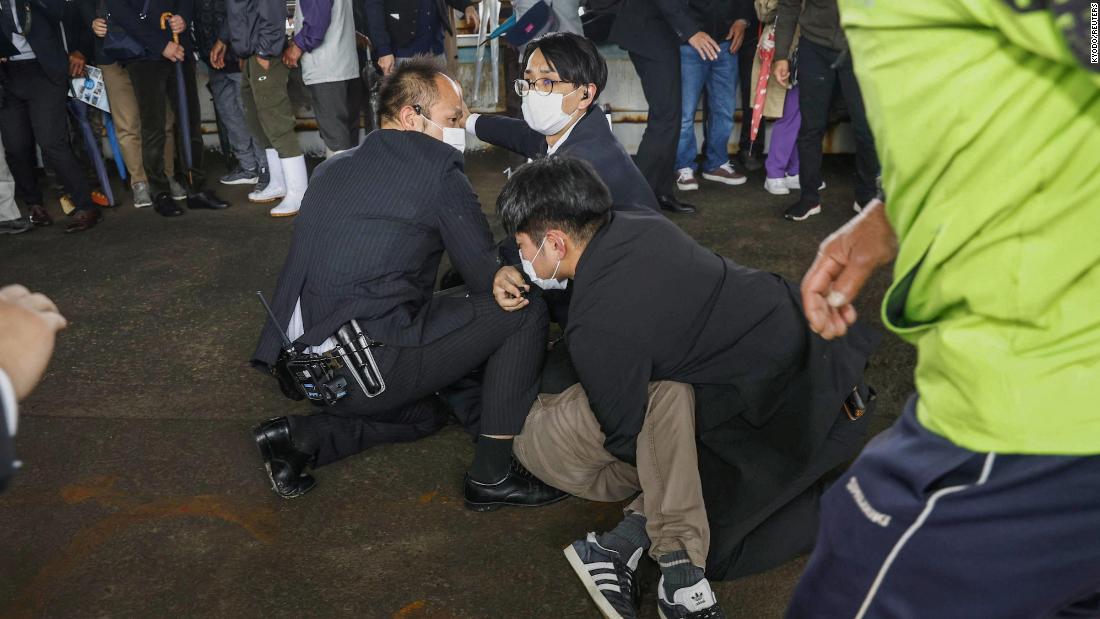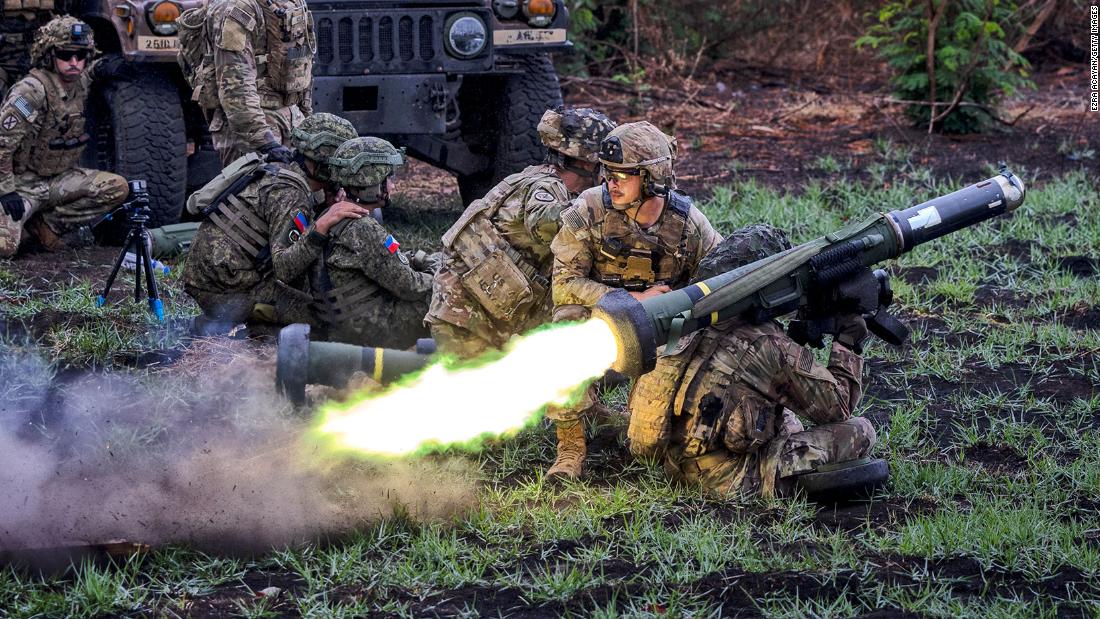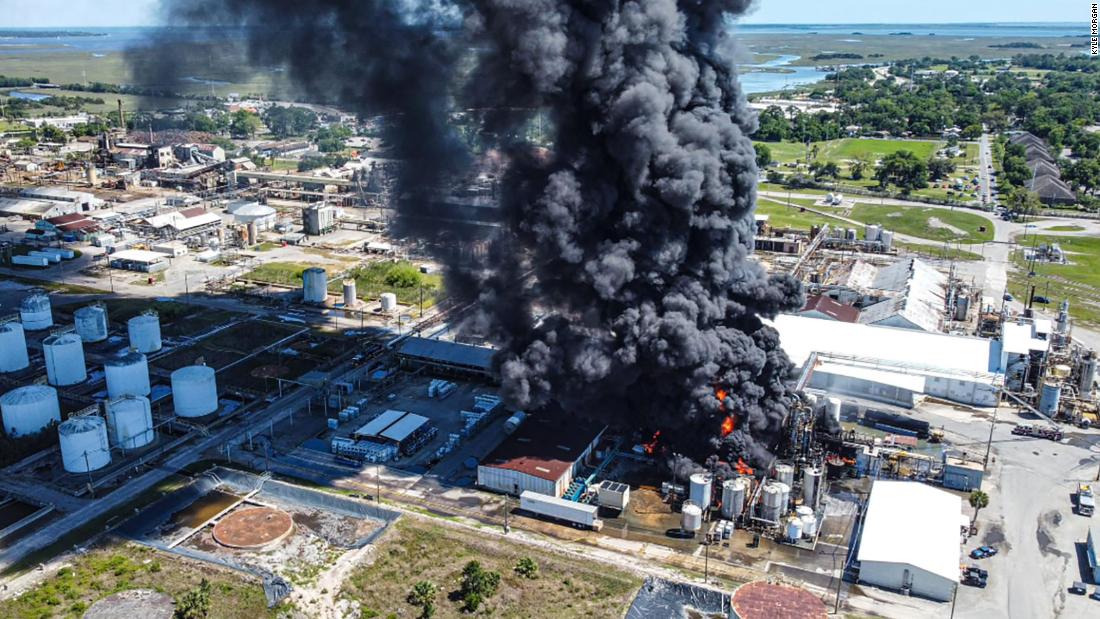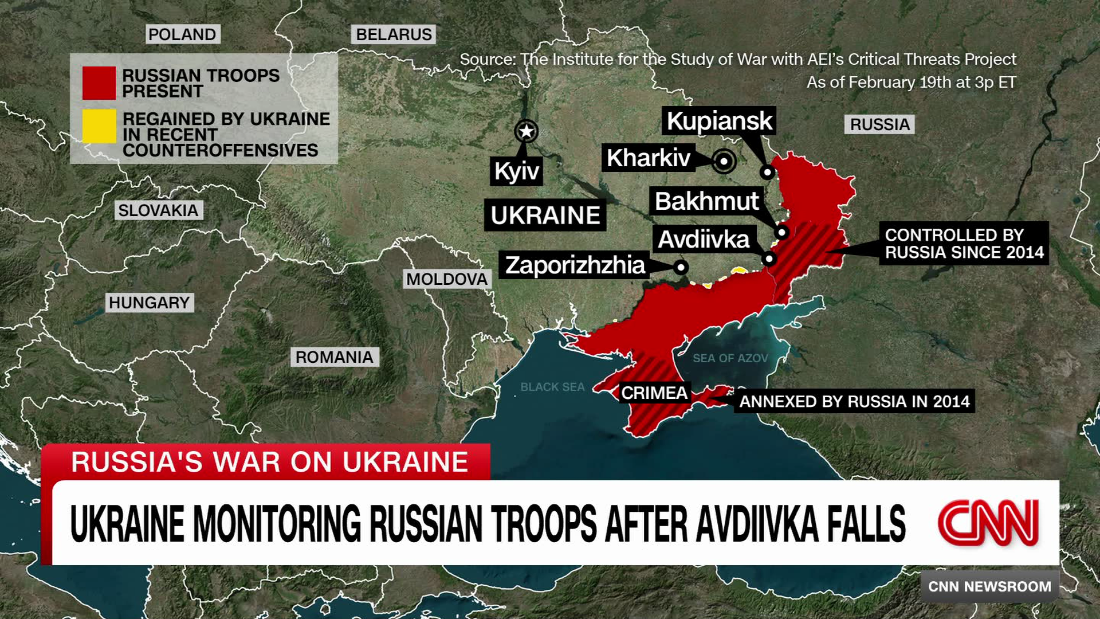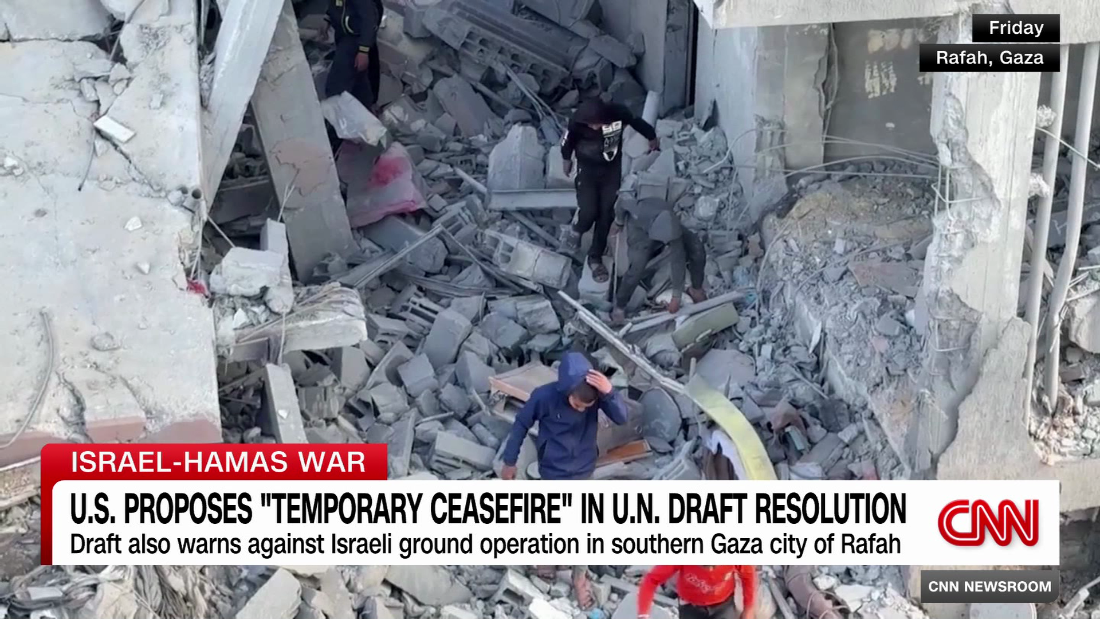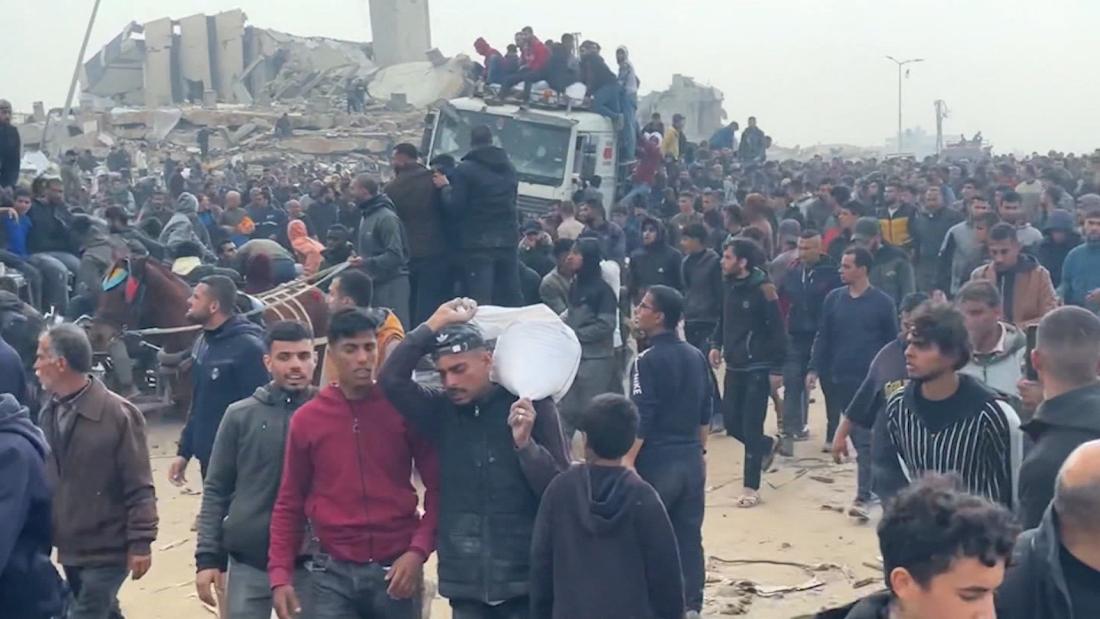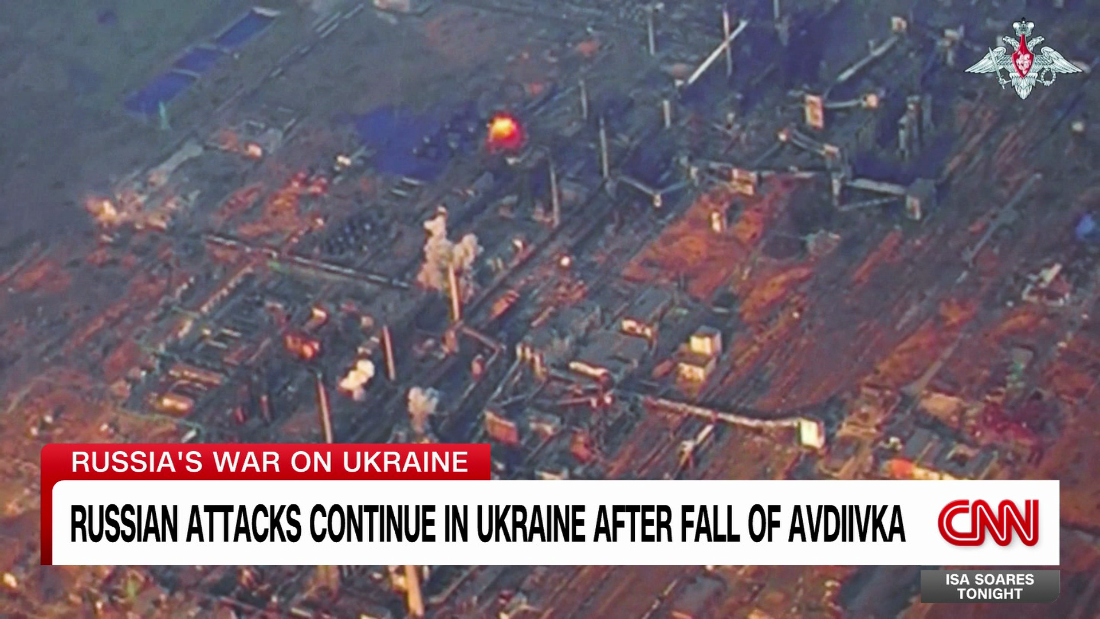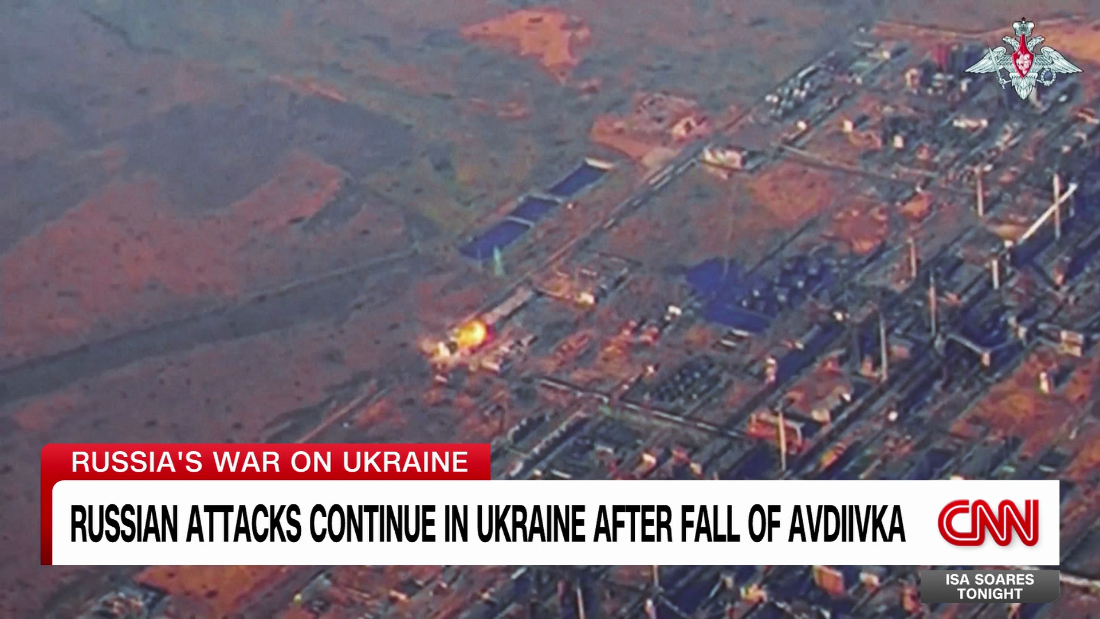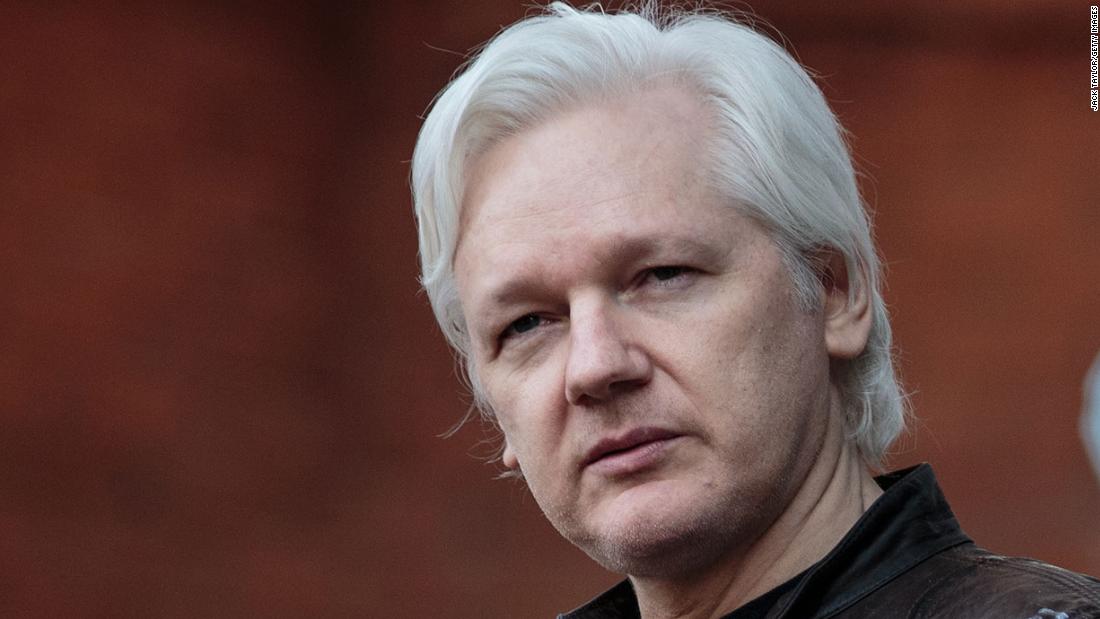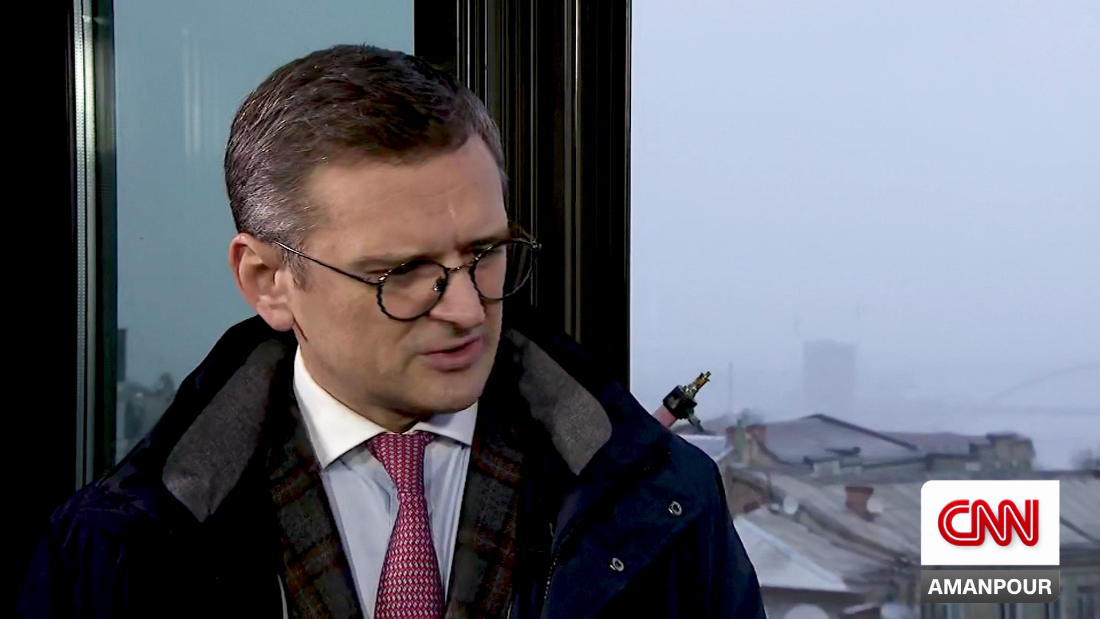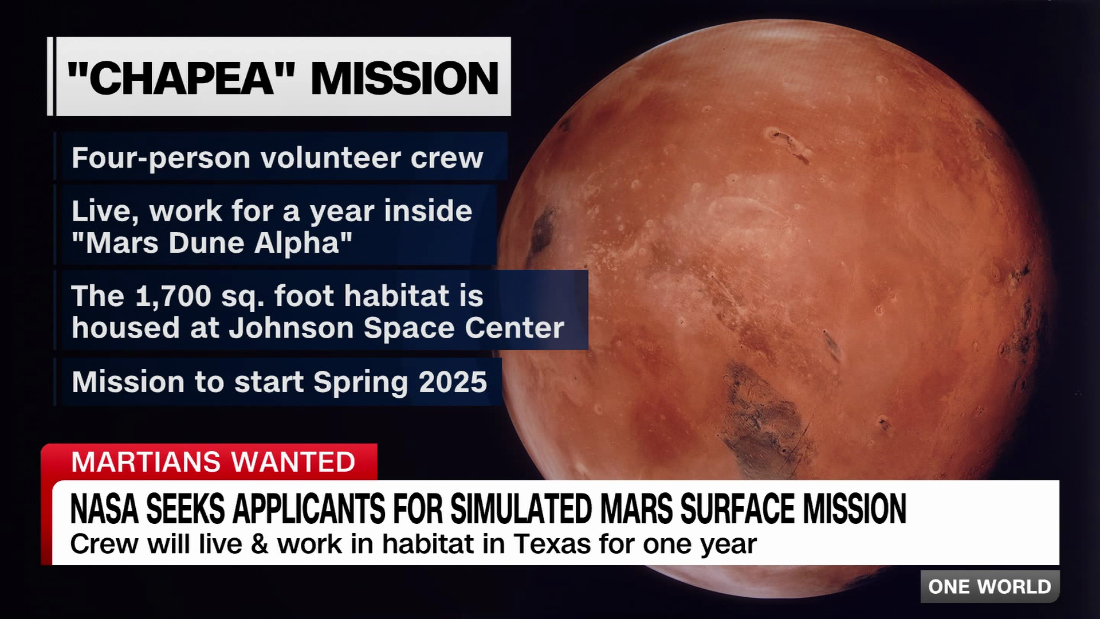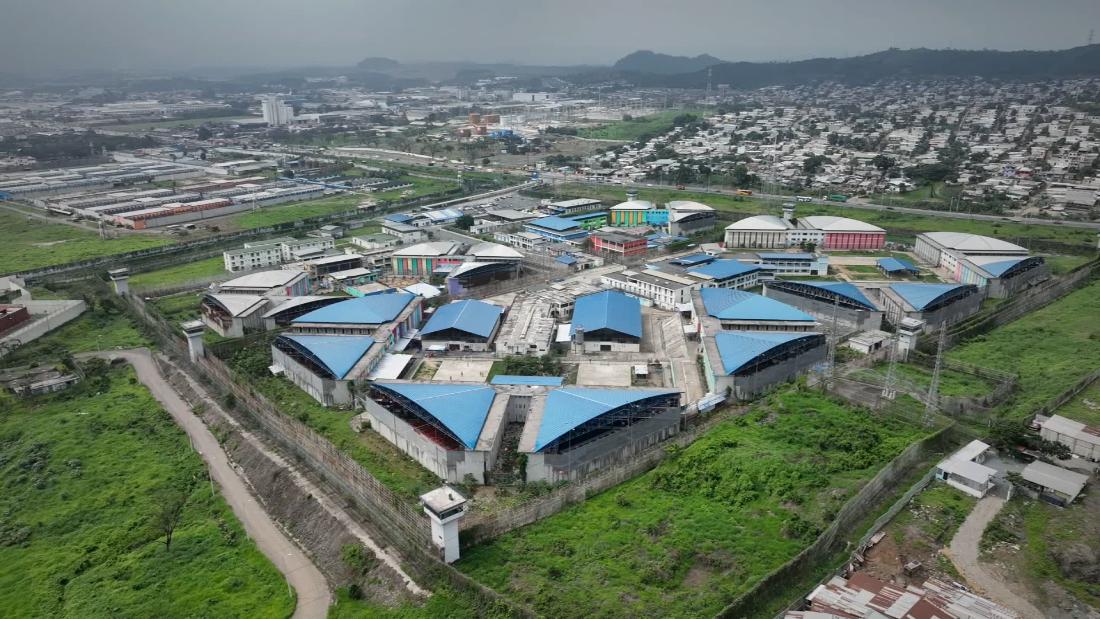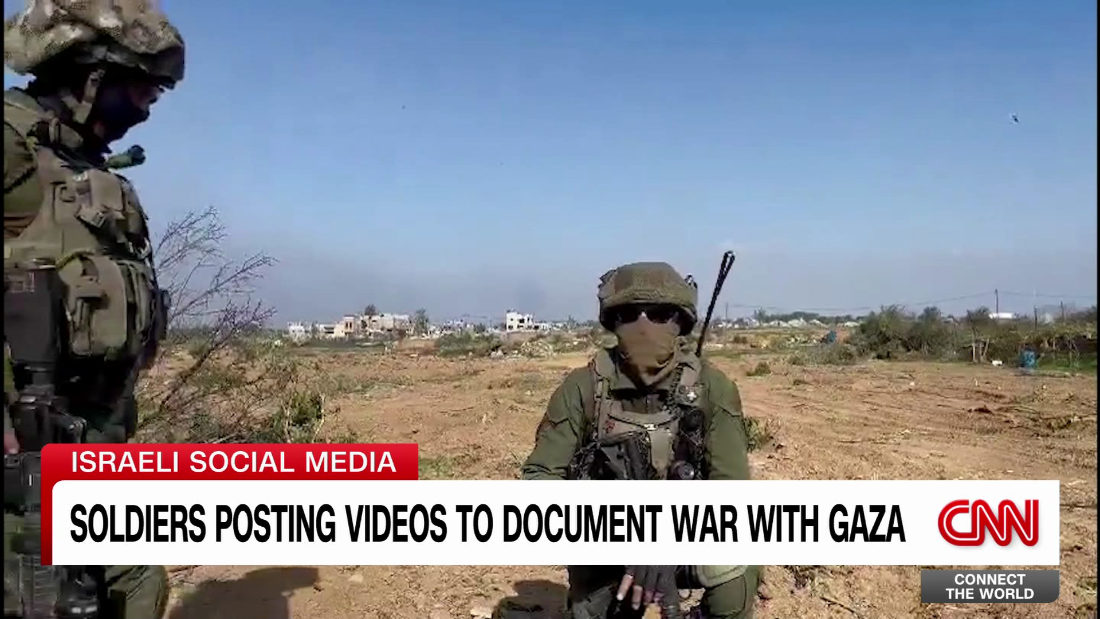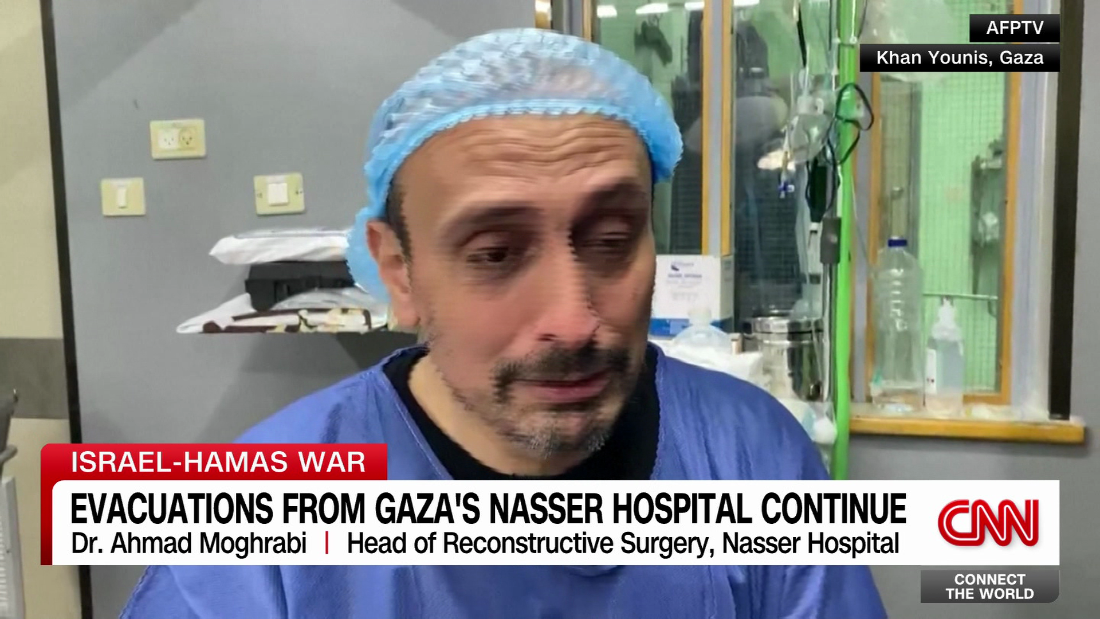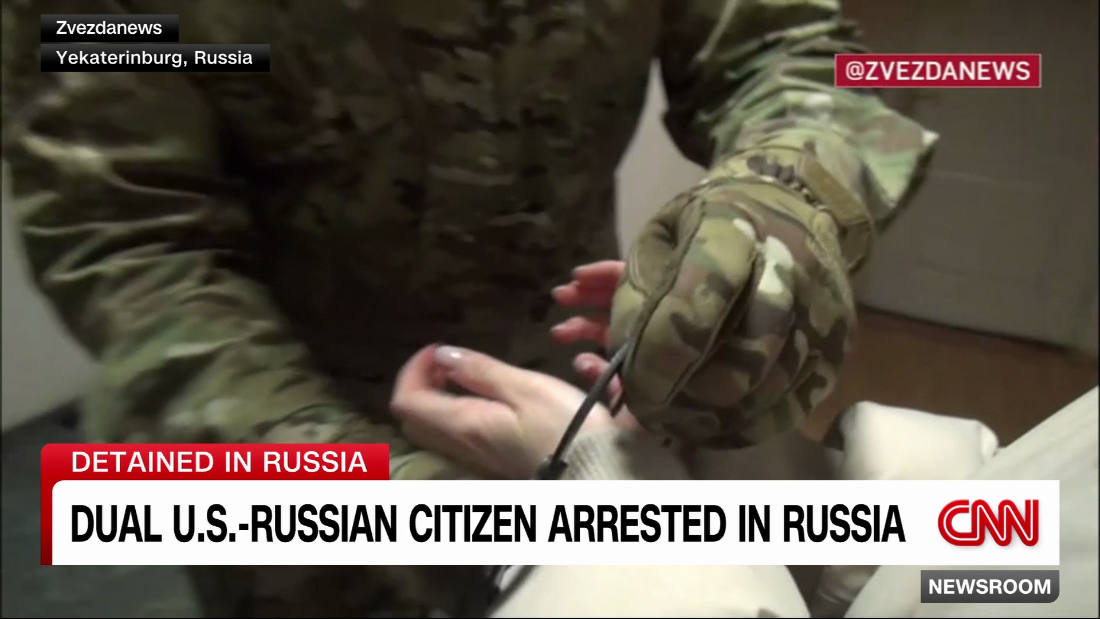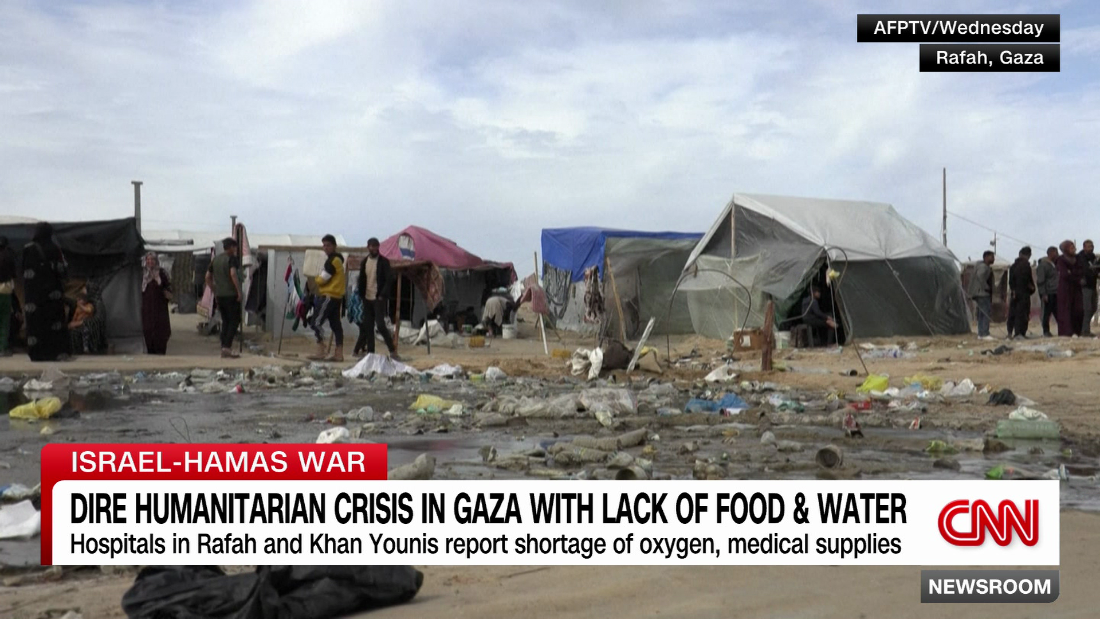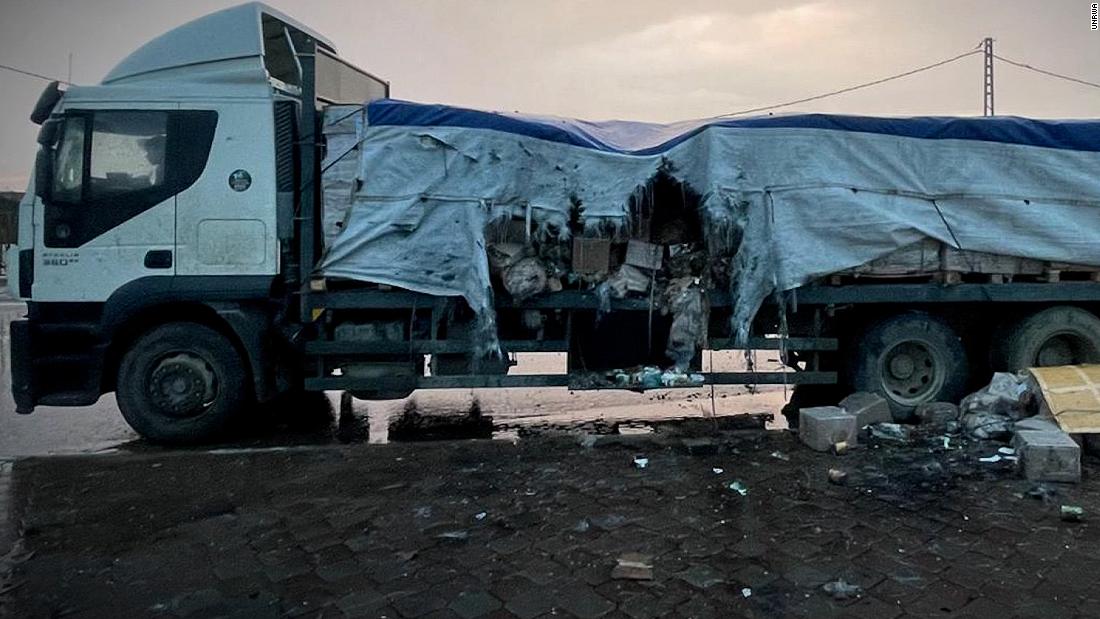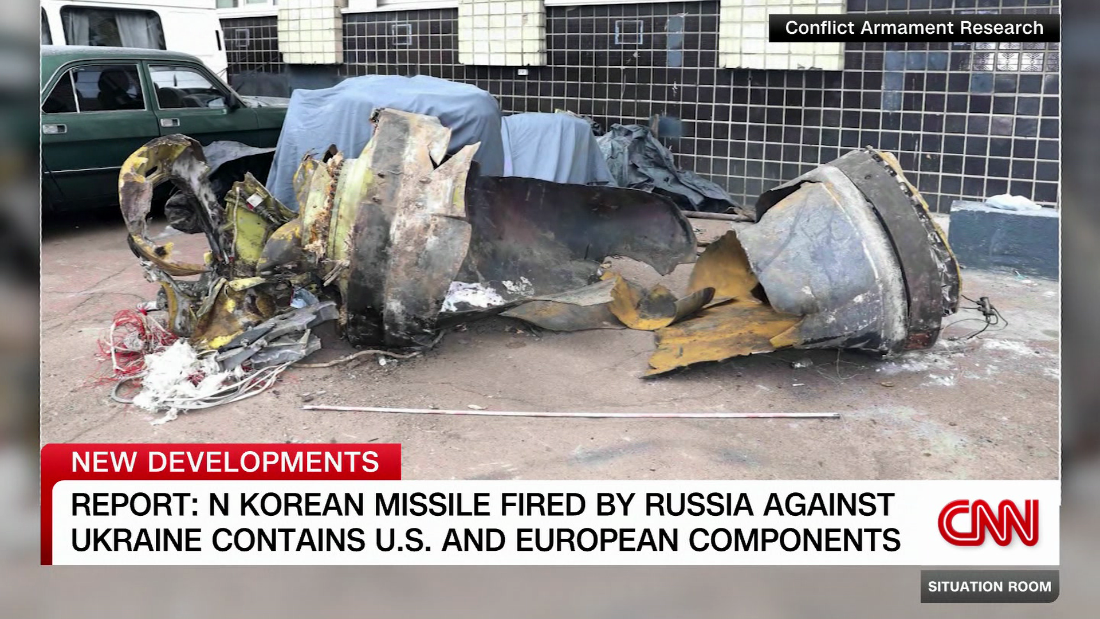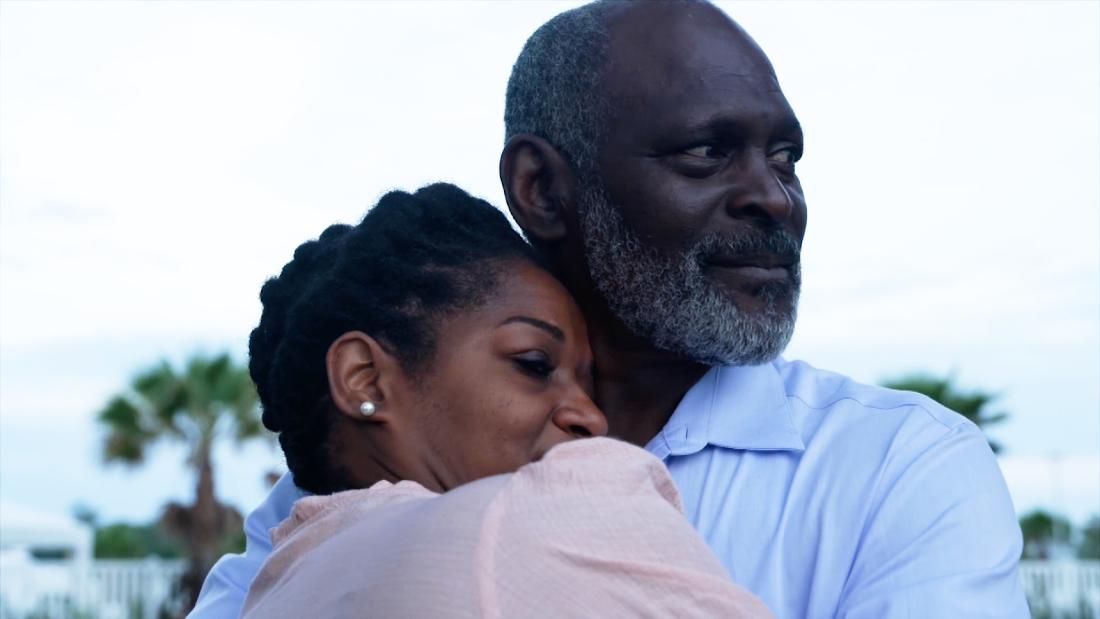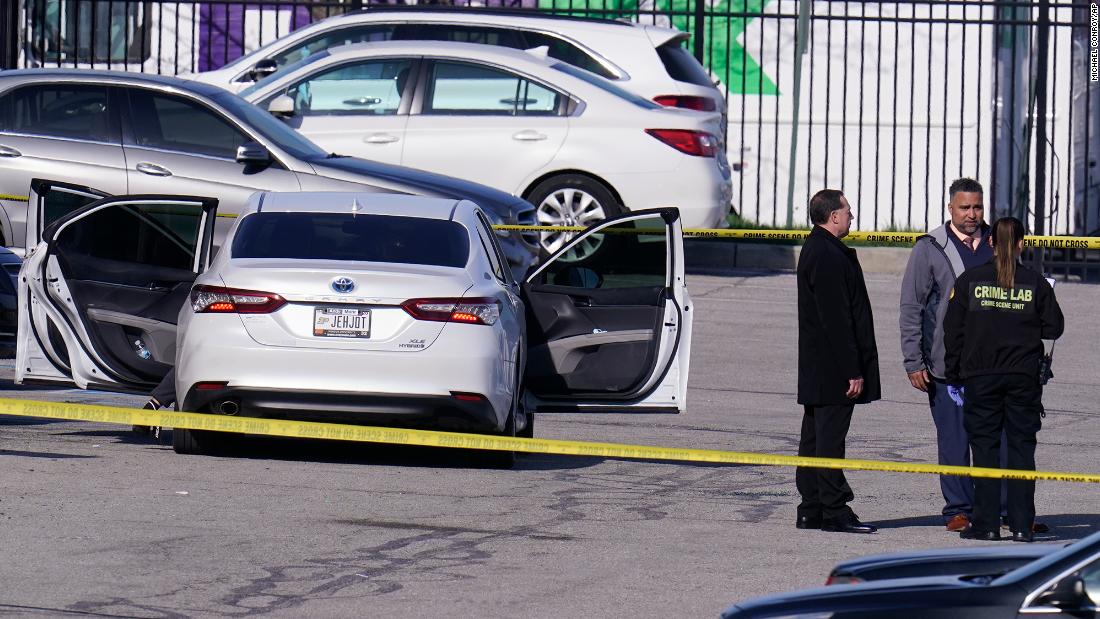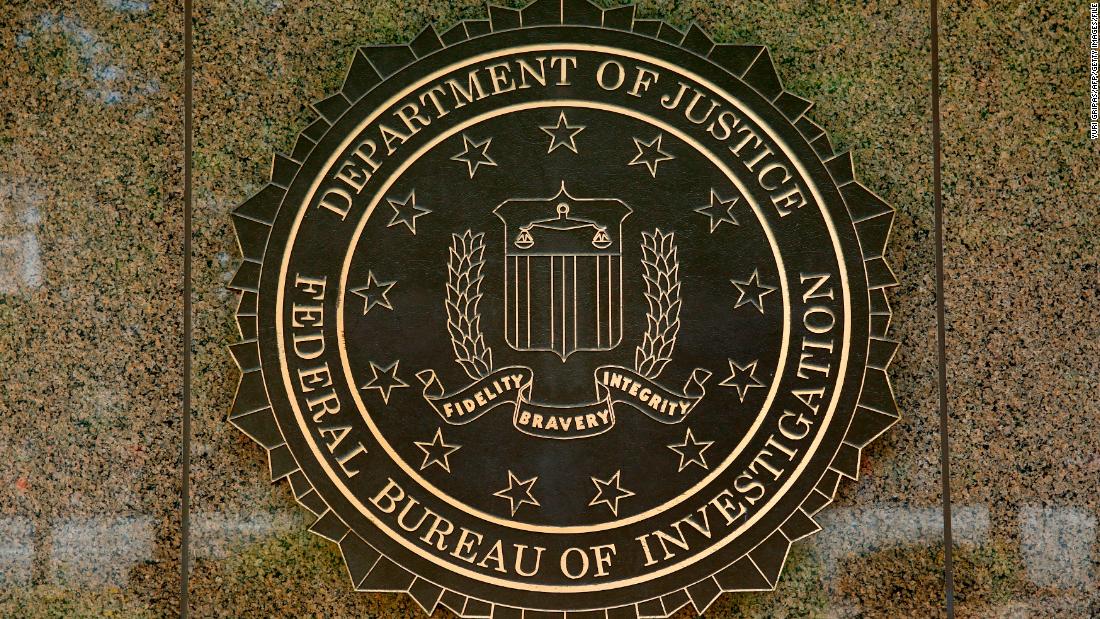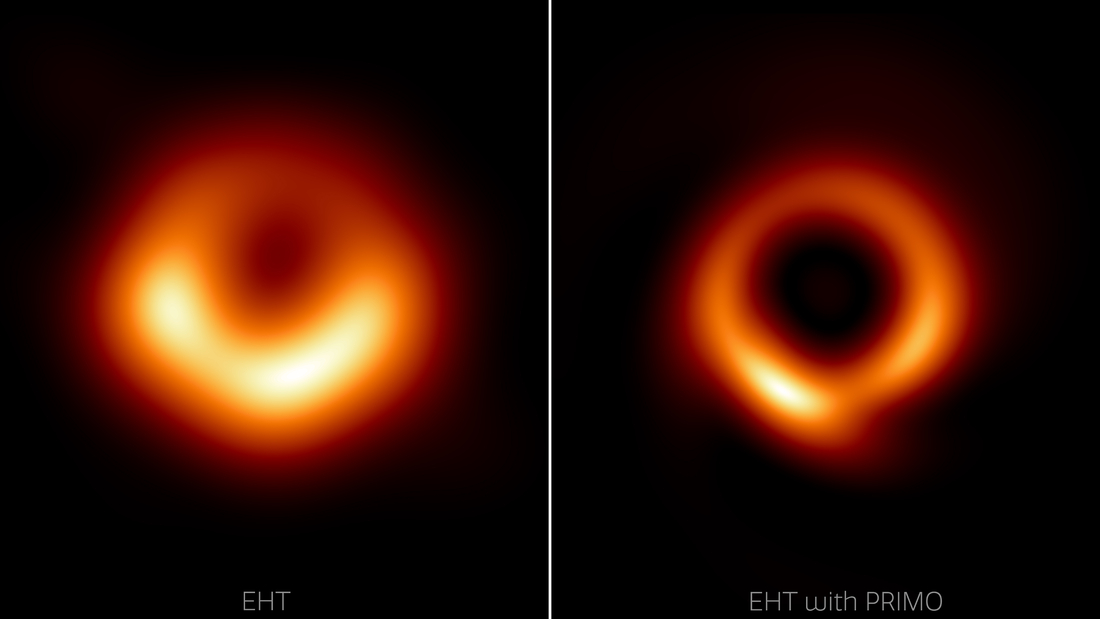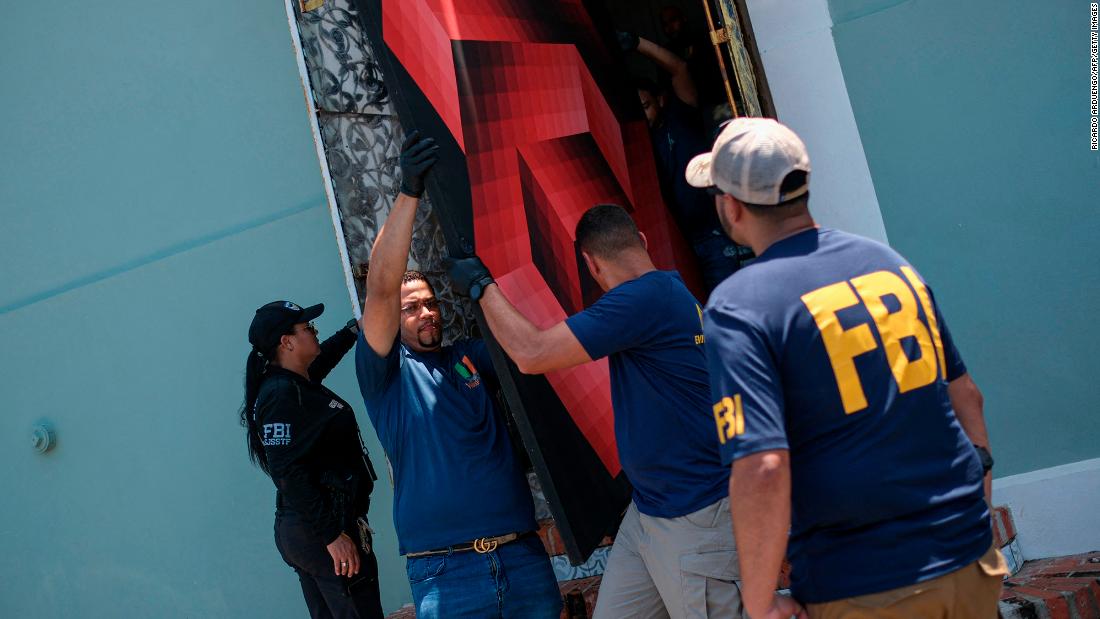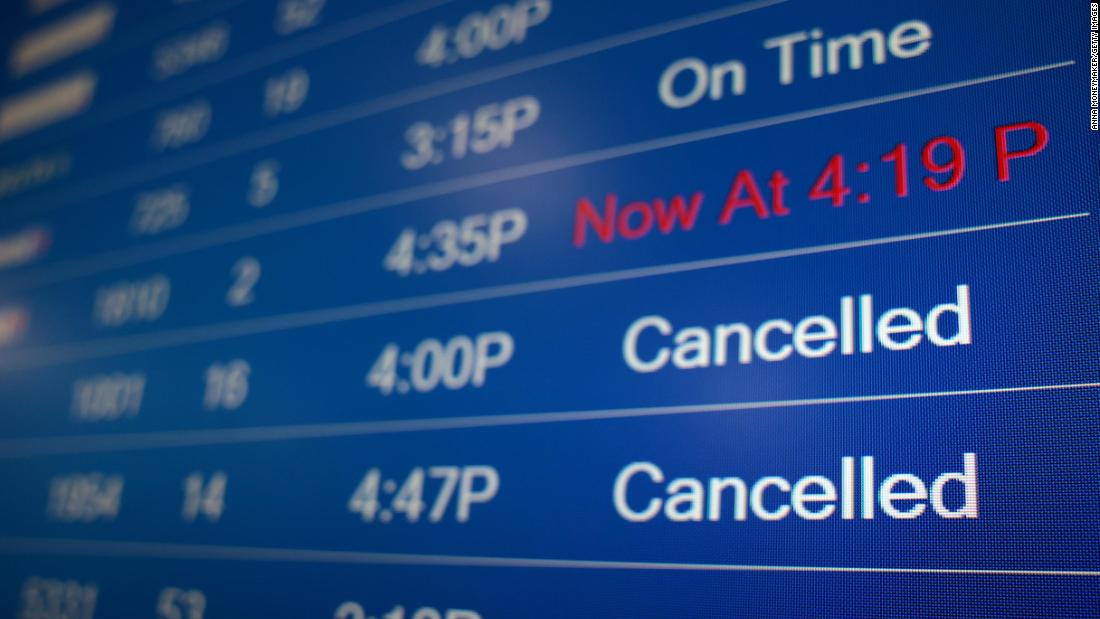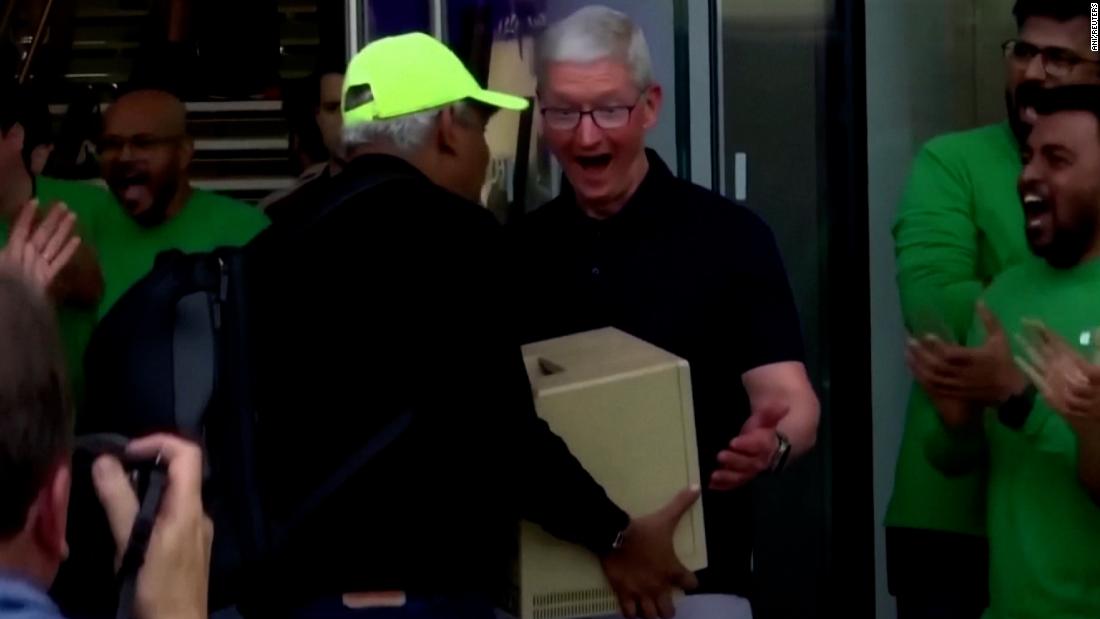A ROCKET fired from Gaza likely sparked the lethal explosion at a hospital that allegedly killed hundreds last week, Rishi Sunak has said.
Hamas terrorists previously accused Israel of deliberately bombing the Al-Ahli hospital on Tuesday before Jerusalem hit back with a furious denial.
Hamas claimed that the explosion in the Al-Ahli hospital killed 500, but the real figure is believed to be considerably lower
Rishi Sunak said the blast was likely caused by a misfired rocket from inside Gaza today, and not an Israeli airstrike
IDF data claimed the deadly rocket was launched from Gaza before it failed close to the Al-Ahli Hospital
Israeli military chiefs insisted the catastrophic fireball was caused by a rocket misfired by Hamas allies Palestinian Islamic Jihad (PIJ).
They also claimed their terrorist enemies falsely inflated the casualty figure as tensions boil over in the Middle East region.
Hamas previously claimed the blast killed 500 civilians, but the real number has since been reported as considerably lower.
Mr Sunak today told the House of Commons: “The British government judges that the explosion was likely caused by a missile, or part of one, that was launched from within Gaza towards Israel.”
He said: “The misreporting of this incident had a negative effect in the region, including on a vital US diplomatic effort, and the tensions here at home.”
He vowed that there is “no scenario” where Hamas can be allowed to “control Gaza or any part of the Palestinian territories”.
The PM promised an additional £20 million in aid for civilians in Gaza as he said the government is “working intensively” to make sure Brits trapped in Gaza are able to leave.
He compared the ongoing war in the Middle East to Putin’s brutal campaign in Ukraine, saying that “Putin will fail, and so will Hamas”.
And he warned: “Growing attacks by Hezbollah on Israel’s northern border, rising tensions on the West Bank, and missiles and drones launched from Yemen show that some are seeking escalation.”
Rishi’s comments come after Joe Biden firmly backed Israel’s denial of responsibility and said the hospital attack was carried out by “the other team”.
Biden told PM Benjamin Netanyahu during a visit to Israel last week that he was “sad and outraged” by the deadly explosion.
He said: “Based on what I’ve seen, it appears as though it was done by the other team, not you.”
Five key pieces of evidence previously appeared to suggest the strike did come from Gaza.
Audio released by the IDF allegedly showed a phone call between two Hamas terrorists after the hospital tragedy.
The pair can apparently be heard confirming that a PIJ rocket was fired from a cemetery close to the hospital.
The potentially damning clip was intercepted just moments after the blast.
One says: “They are saying (the rocket) belongs to Palestinian Islamic Jihad.”
“It’s from us?” another asks. “It looks like it,” the first voice responds.
“They are saying the shrapnel that fell from the missile is local shrapnel and not like Israeli shrapnel. It misfired and fell on them.”
Experts also said the sound the projectile made as it fell and hit the ground suggests the blast was not caused by an Israeli missile.
Hamas militants are known to build rockets from improvised materials as an Israeli blockade stops military shipments entering Gaza.
Another key clue came from livestream footage Al Jazeera published last week with a timestamp matching the timing of the explosion.
The clip showed what appears to be a failed projectile exploding mid-air, prompting an object to fall on the hospital site.
This is consistent with Israeli claims the blast was caused by propellant from a misfired Islamic Jihad rocket igniting, rather than an Israeli warhead blast.
A video clip aired on Israeli Channel 12 News also appeared to show a salvo of rockets being launched from within Gaza before the explosions rocked the hospital.
The trajectory of the blast and its damage also serve as vital evidence.
Pictures revealed the minimal damage to the hospital itself – despite Hamas’ claims.
Only a small crater was visible in pictures taken at the scene.
Instead of being destroyed, cars were also pictured showing only fire damage while the walls of the hospital remained intact.
Buildings nearby did not appear to show significant damage either.
Israeli aerial attacks are usually so powerful they cause buildings nearby, and especially the ones targeted, to collapse.
Nathan Ruser, an analyst with the Australian Strategic Policy Institute, said photos of blast damage were “not consistent with an airstrike”.
He added: “They are not consistent with claims that 500-plus people were killed.
“The fact there’s only a very small crater is very inconsistent with an air strike, as is the amount of kinetic damage to the cars that were almost directly hit.
“It looked that most of the damage was done through fire, which is consistent with a rocket that had a lot of fuel in it and, when it failed, was able to spread a fire across a relatively large area.”
Satellite data also provided compelling clues in supporting Israel’s denial.
Paul Beaver, a British defence analyst, told The Times that extensive satellite and mobile phone images showed the rocket responsible for the explosion was ground-launched, not air-launched.
He added: “You can tell from the plume of smoke that it has come from a ground-launched rocket.
“The Israeli air force has been using precision-guided bombs, not dumb (unguided) bombs on Gaza and these weapons don’t generate a plume.
“Anyway, the rocket was going the wrong way. The laws of physics are on the Israelis’ side.”
Over the weekend, Israel blitzed Gaza, the West bank and Syria as the embattled country intensified its air strikes in retaliation for Hamas’ October 7 attack.
Over 4,651 Palestinians have been killed in the aerial strikes so far, of which 40 per cent are reported to have been children.
The heavy bombardment is assumed to be the precursor to the long-awaited ground invasion of Gaza amid Israel’s ongoing efforts to wipe out Hamas.
Twitter @yzarkaAlleged Hamas terrorists discussed who launched the device in intercepted audio captured just moments after the blast[/caption]
Twitter @IDFVideo footage shows an object appearing to fall toward the al-Ahli hospital, causing an explosion upon impact[/caption]
Photos of the aftermath suggest it was not an airstrike as there is just a small craterGetty
Satellite images also show the relatively small area of the blastReuters Published: [#item_custom_pubDate]













